Media | Articles
Final Parking Space: 1975 Ford Elite
What were the signature Detroit cars of the middle 1970s? Personal luxury coupes, of course, and you’ll still find good examples of the breed in the junkyards of the land. Ford was a major player in the midsize personal luxury game, and today’s Final Parking Space occupant is a heavily optioned member of the extended Torino family, found in a Denver self-service boneyard recently.

The formula for a personal luxury coupe of this era was simple: Start with a midsize platform your factories are already churning out in huge cost-saving quantities, make it a two-door hardtop with a long hood, apply plenty of gingerbread on the outside plus velour-and-plastic plushness on the inside, give it a vinyl roof, and scour your vast empire for available options to fatten up the bottom line. Then give it a name that sounds classy and prepare for sales success!

General Motors was instrumental in creating the trend that peaked in in 1976 or so, introducing John DeLorean’s A-Body-based Pontiac Grand Prix as a 1969 model and (soon after DeLorean became Warlord of the Chevrolet Division) the 1970 Chevrolet Monte Carlo. Those cars flew out of showrooms, and Ford was in a good position to counter them with its own midsize machinery. The Ford Torino and its Mercurized twin, the Montego, had been thoroughly revised for the 1972 model year, and the Mercury Cougar ditched its Mustang roots to become a Montego sibling two years later.

Between the Gran Torino coupe, Montego MX Brougham coupe, and Cougar XR-7, Dearborn seemed to have its midsize personal luxury needs well covered. But wait! The Lincoln Mark IV-based Ford Thunderbird had a snout treatment that looked perfect for adaptation to a smaller Ford. This was done in time for the 1974 model year, and the result was the Gran Torino Elite. For the following year, the Elite became a separate model.

The overall effect, which included double opera windows and an “odense-grained” vinyl roof, was very Thunderbird-like, on a car that was priced about 40 percent lower than the 1975 Thunderbird and was much easier to park.
Marketplace
Buy and sell classics with confidence

The interior was more or less lifted from the Mercury Cougar XR7.

High Plains Colorado’s harsh climate is rough on vinyl roofs, and the one on this car got peeled off long ago. Here we can see the crude welds and grind marks that lived beneath the vinyl.

The build tag tells us that this car was built at Chicago Assembly, Ford’s century-old factory that got its start building Model Ts (and which now assembles Lincoln Aviators, Ford Explorers, and Ford Police Interceptor Utilities). It was sold through the Denver sales office, and its paint is Medium Gold Metallic.

I found registration and insurance paperwork from the late 1980s inside, which suggests that the car got parked 35 years ago and never drove again. It was about 13 years old at the time.

Looking at the address on the documentation (in a Denver-area industrial neighborhood), I was able to find a satellite photo of this Elite on Google Maps. Sometimes I can even track down Google Street View images of cars I find in junkyards using this method.

The engine is a two-barrel-equipped 400-cubic-inch V-8, essentially a stroked 351 Cleveland. It was rated at 158 horsepower. This was an $87 upgrade over the base 351 Windsor V8 ($525 in 2024 dollars). A 460-cubic-inch big-block with 218 horses was available for $292 ($1761 after inflation).

The ’75 Elite got a C6 automatic transmission as standard equipment, a pretty good deal at the time for a Detroit car with an MSRP of $4767 (around $28,746 in today’s money).

The mechanically identical yet even more Rococo Mercury Cougar XR7 listed at $5218 ($31,466 now), while the “King of the Disco” Mercury Montego MX Brougham two-door hardtop was priced at $4453 ($26,853 today). Meanwhile, budget-minded Ford personal luxury coupe shoppers could get an ordinary Ford Gran Torino two-door hardtop for $4314 ($26,014) while those with fatter wallets could purchase a snazzed-up Gran Torino Sport at $4970 ($29,970).

This car’s bottom-line price would have been far more than the base MSRP, though, because it has a generous helping of expensive options. The power seats were $120 ($724 in 2024 dollars), the air conditioning cost $470 ($2834), the rear window defroster was $73 ($440), the “fingertip speed control” (cruise control) was $108 ($651), the power windows were $99 ($597), and so on.

It even has a factory AM/FM/8-track radio, just the thing for listening to the hits of 1975 in the proper fashion.

Because our own Sajeev Mehta’s first car ride was in a 1975 Montego, I decided to extract the radio from this Elite and ship it to him. Will it play 8-tracks successfully? Sajeev will let us know soon.
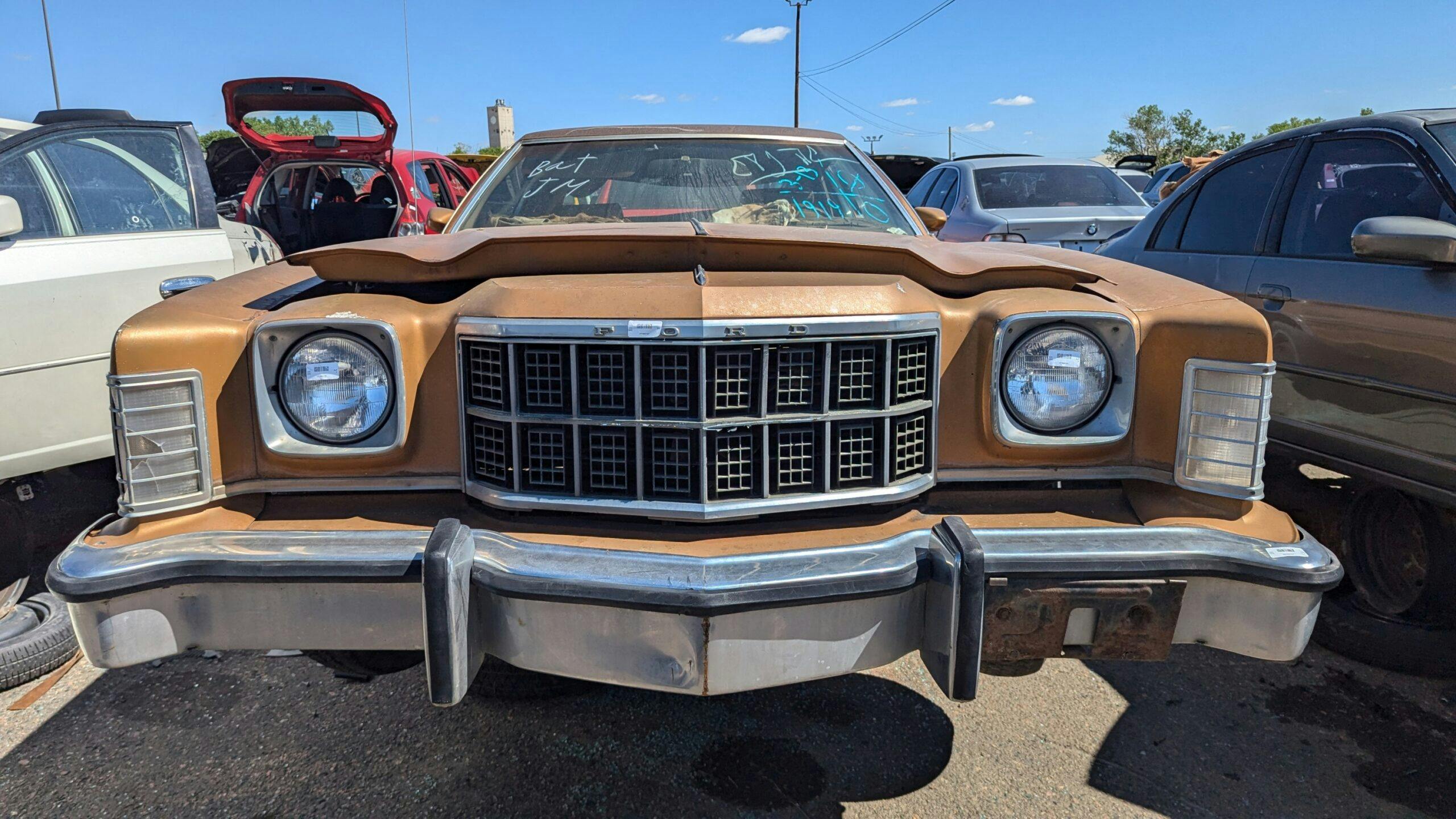
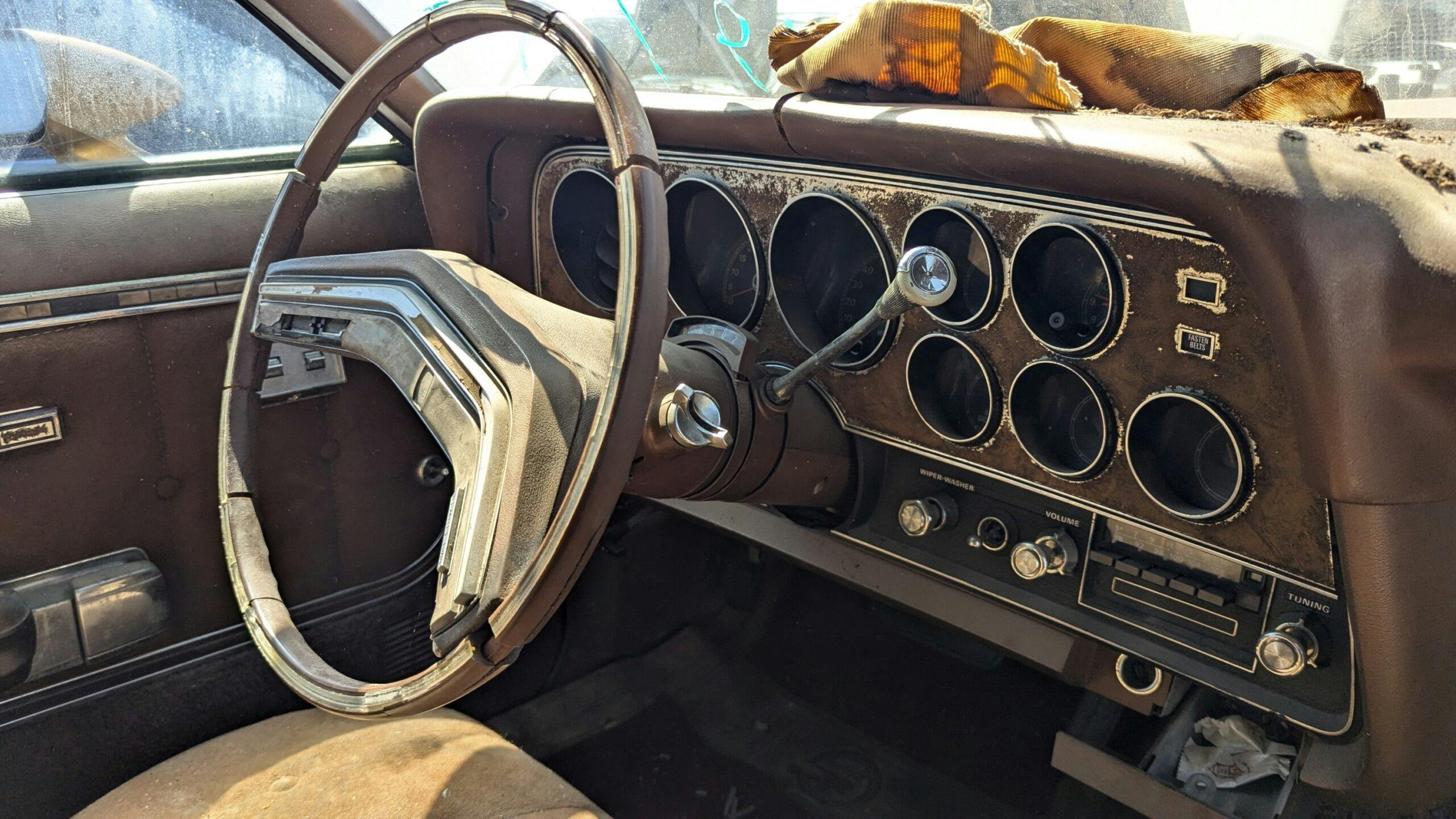

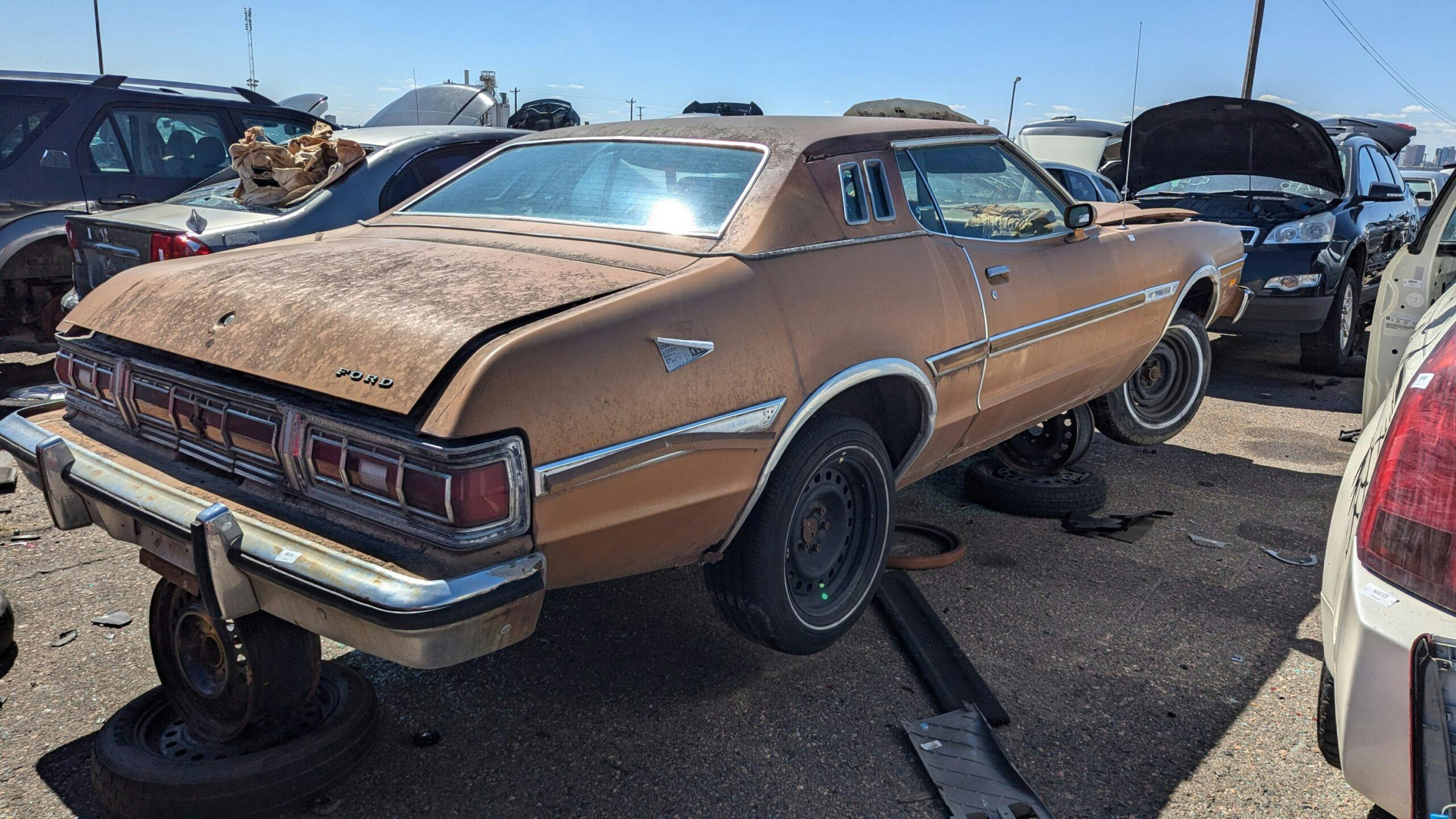

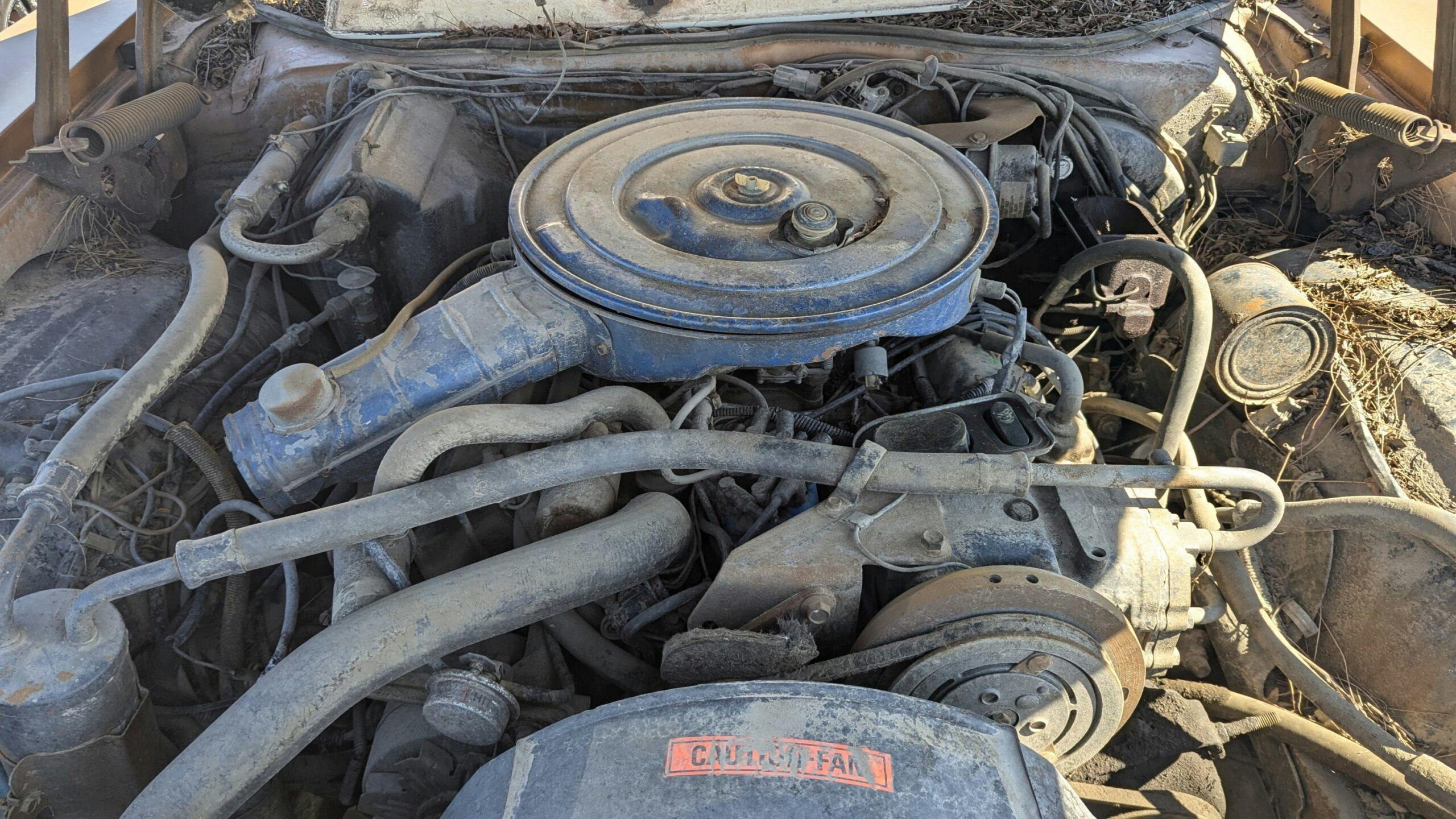
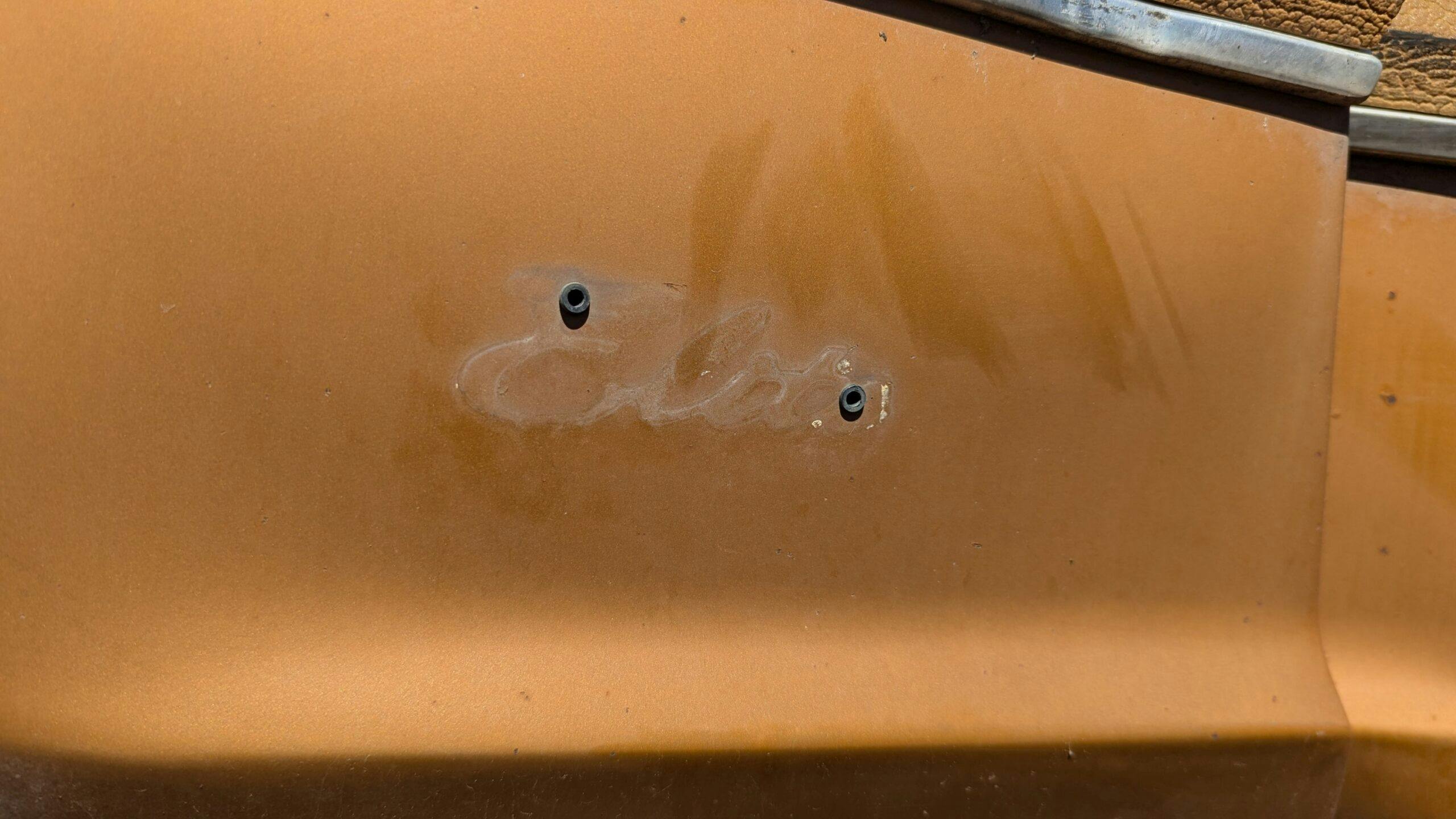

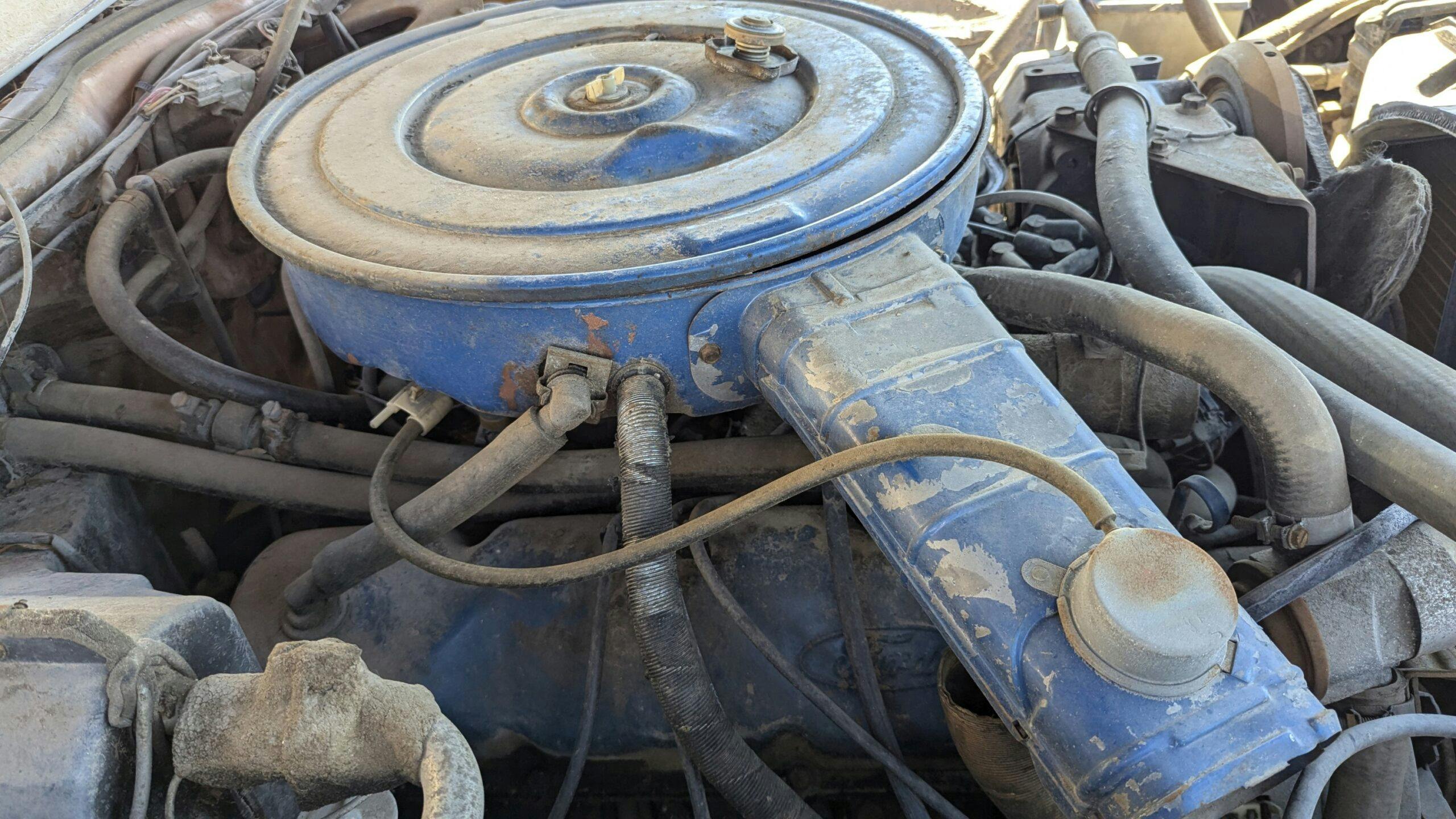
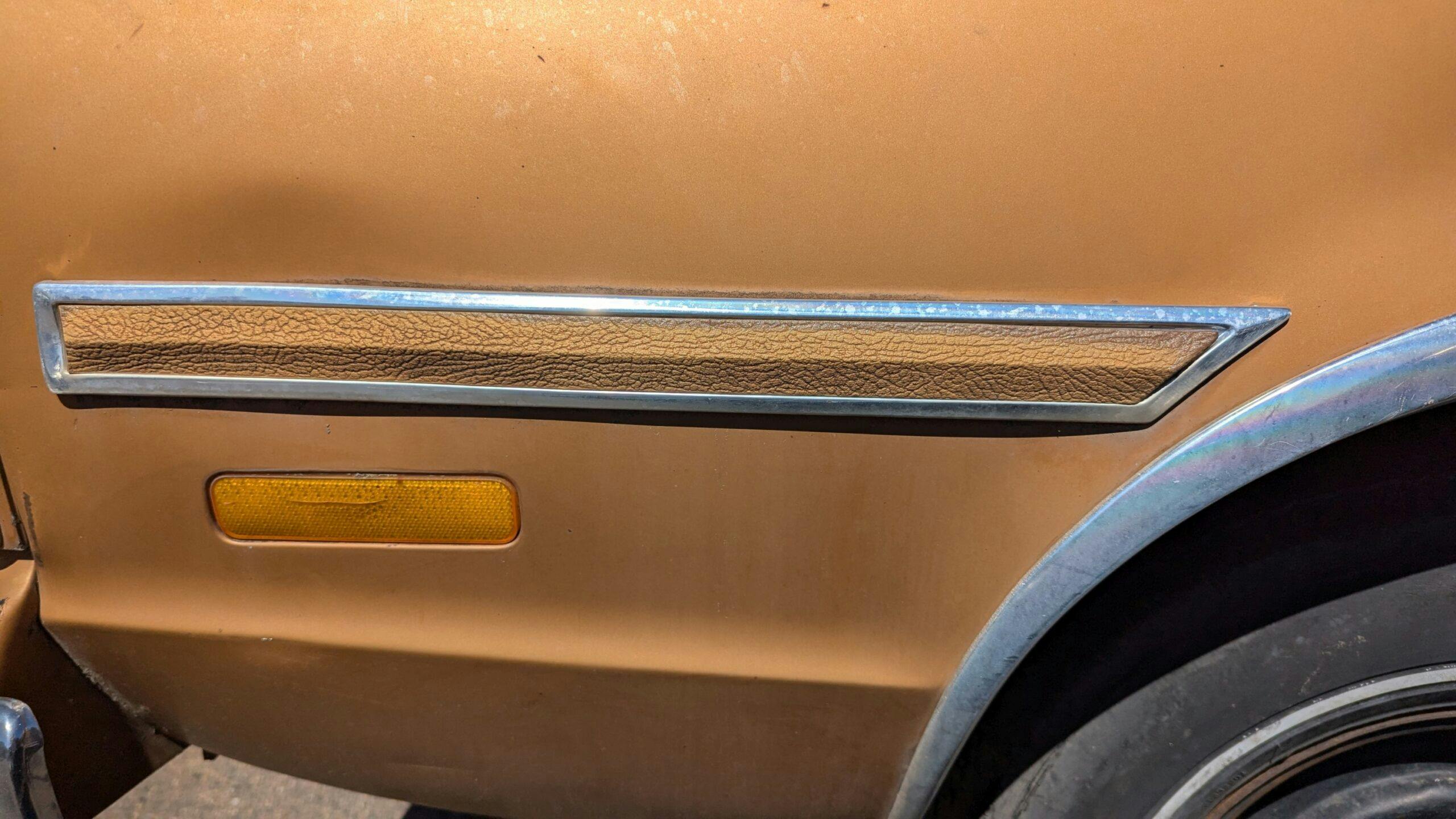
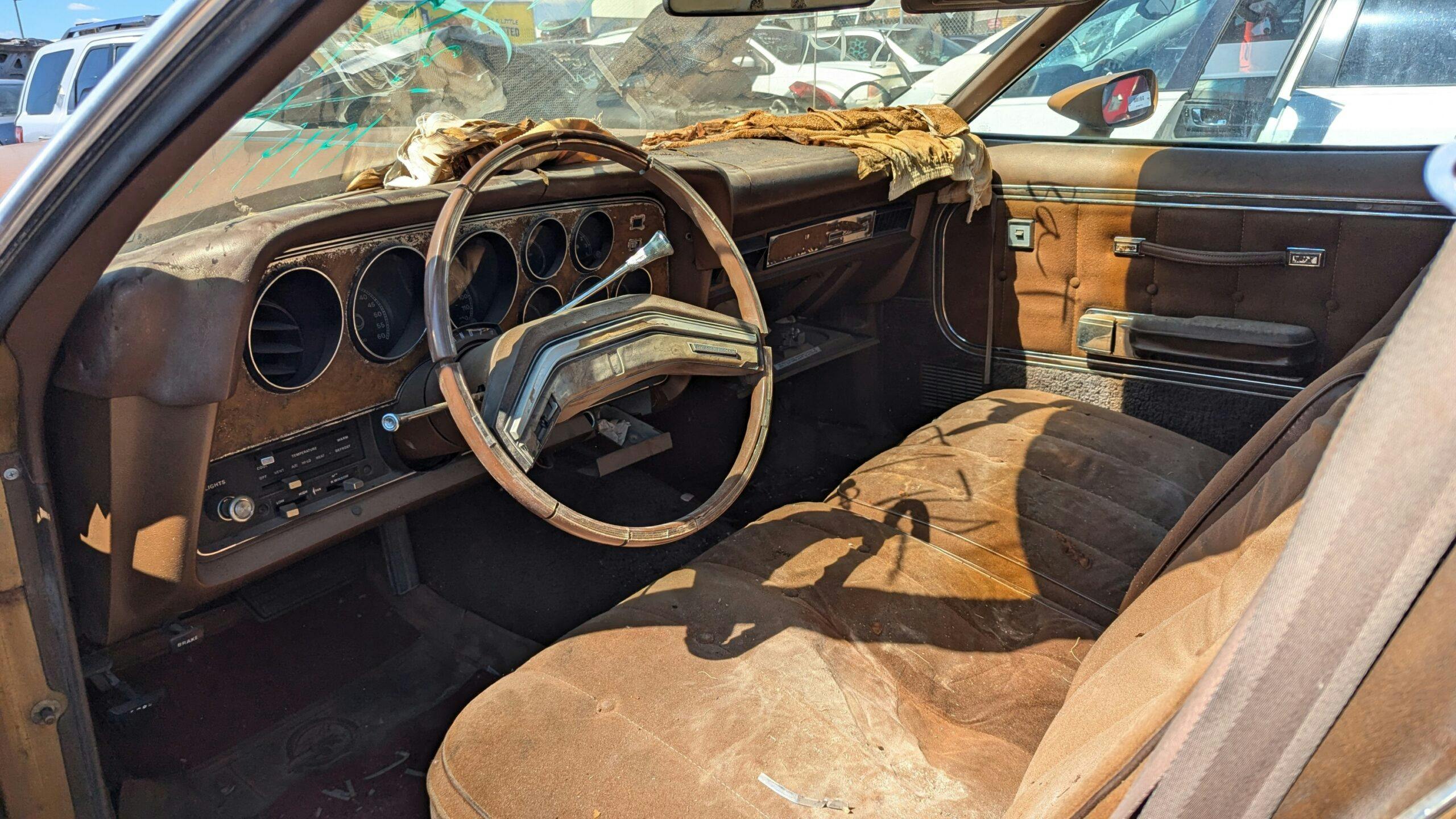
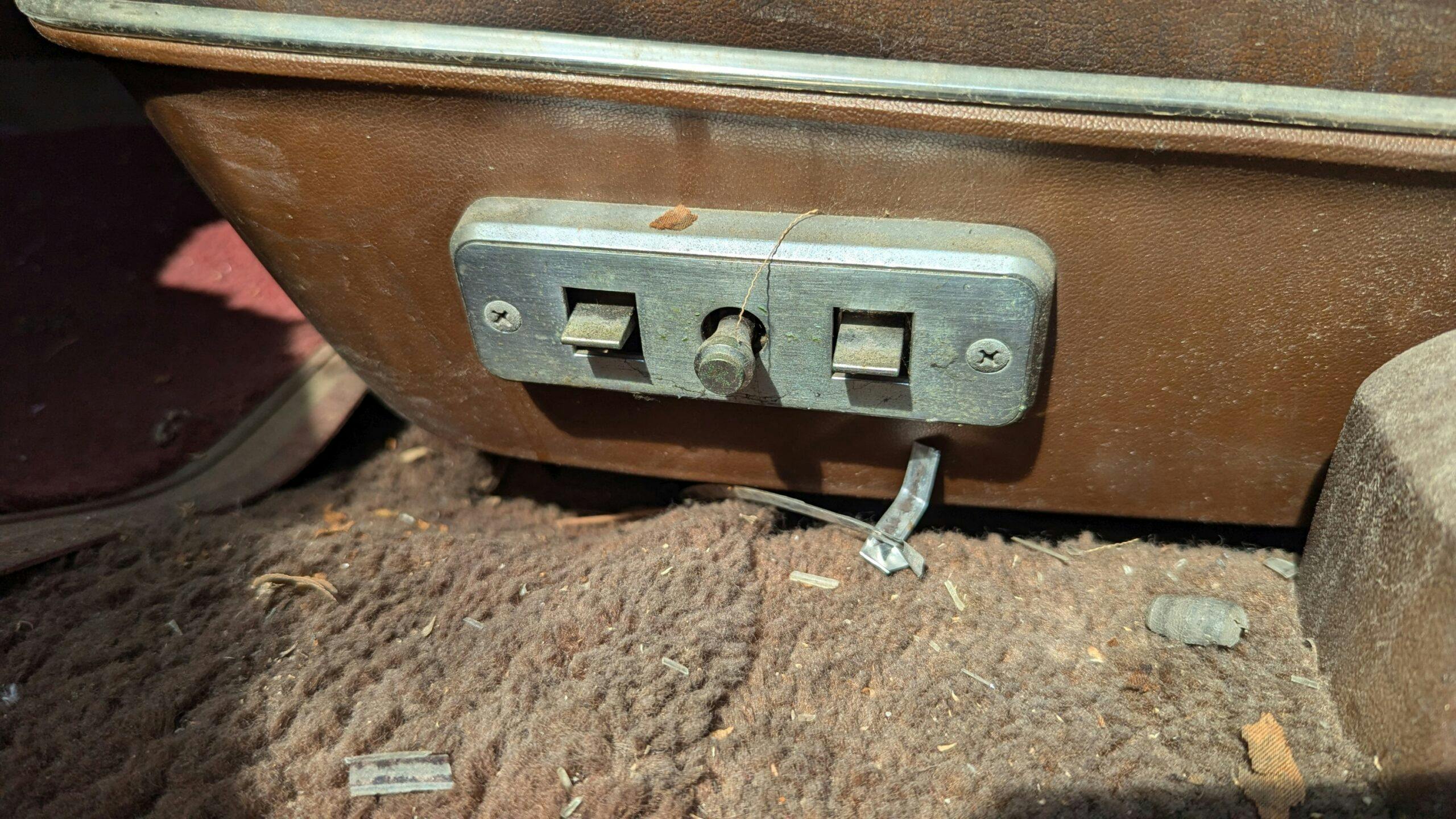
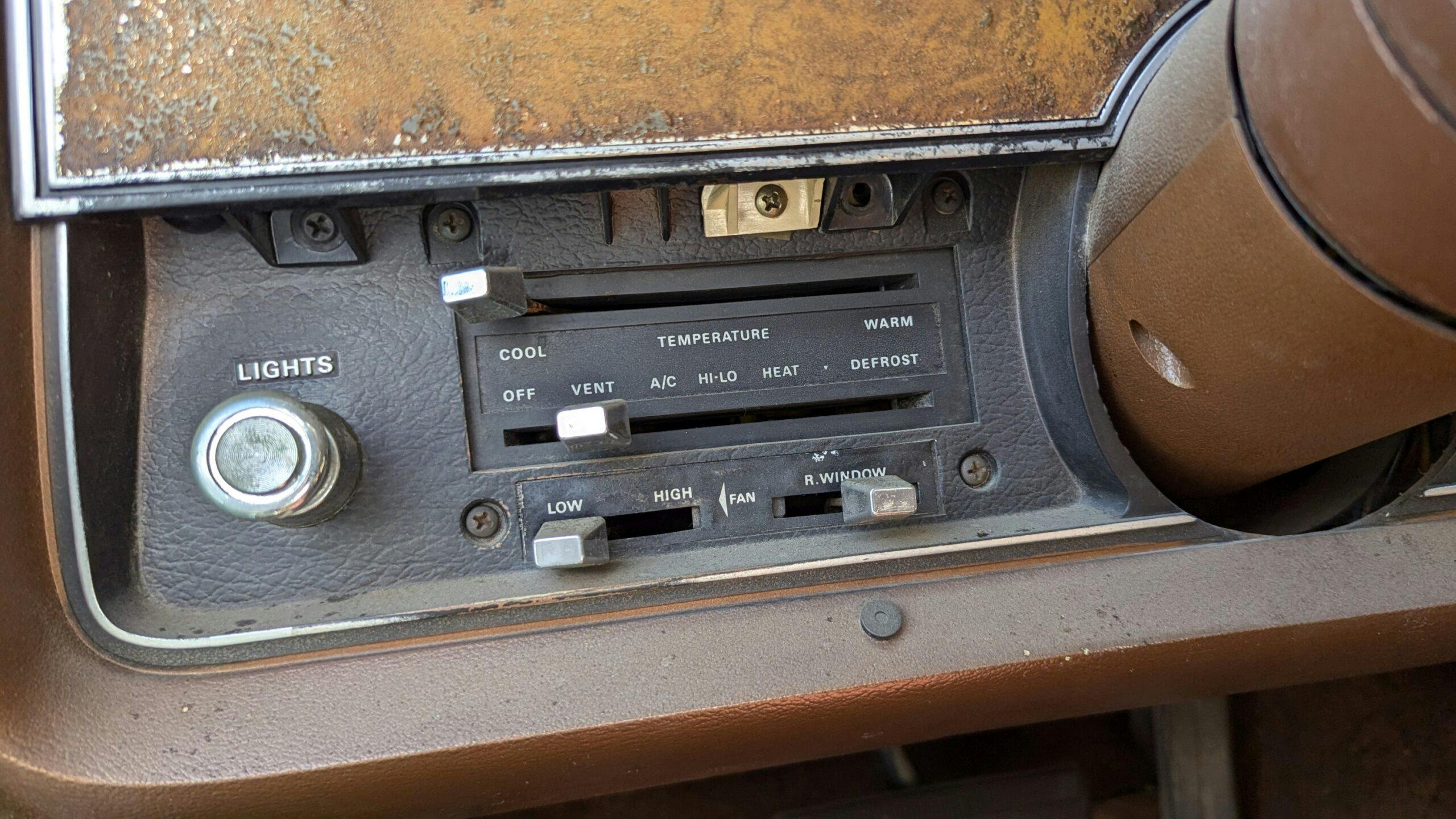
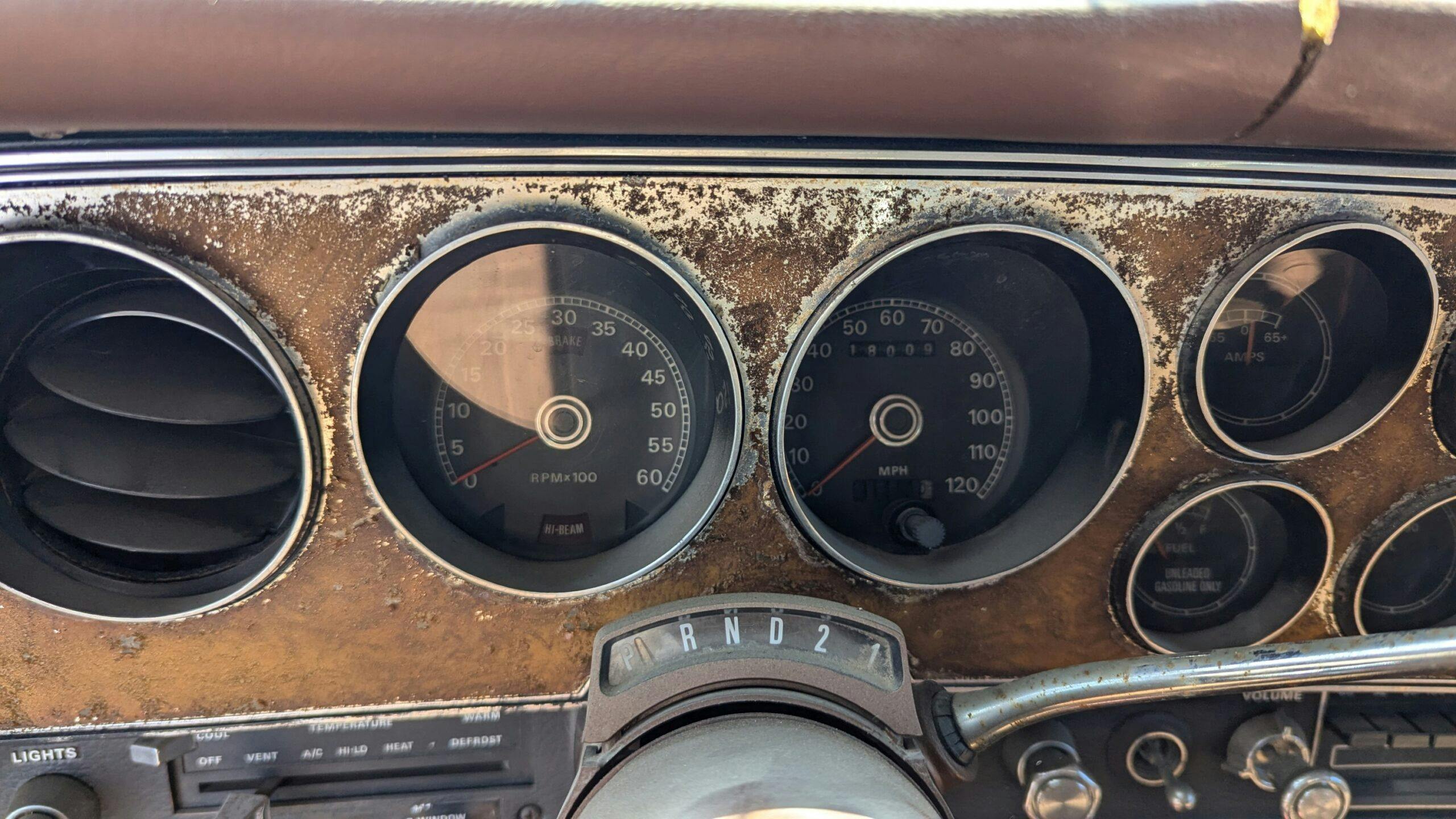

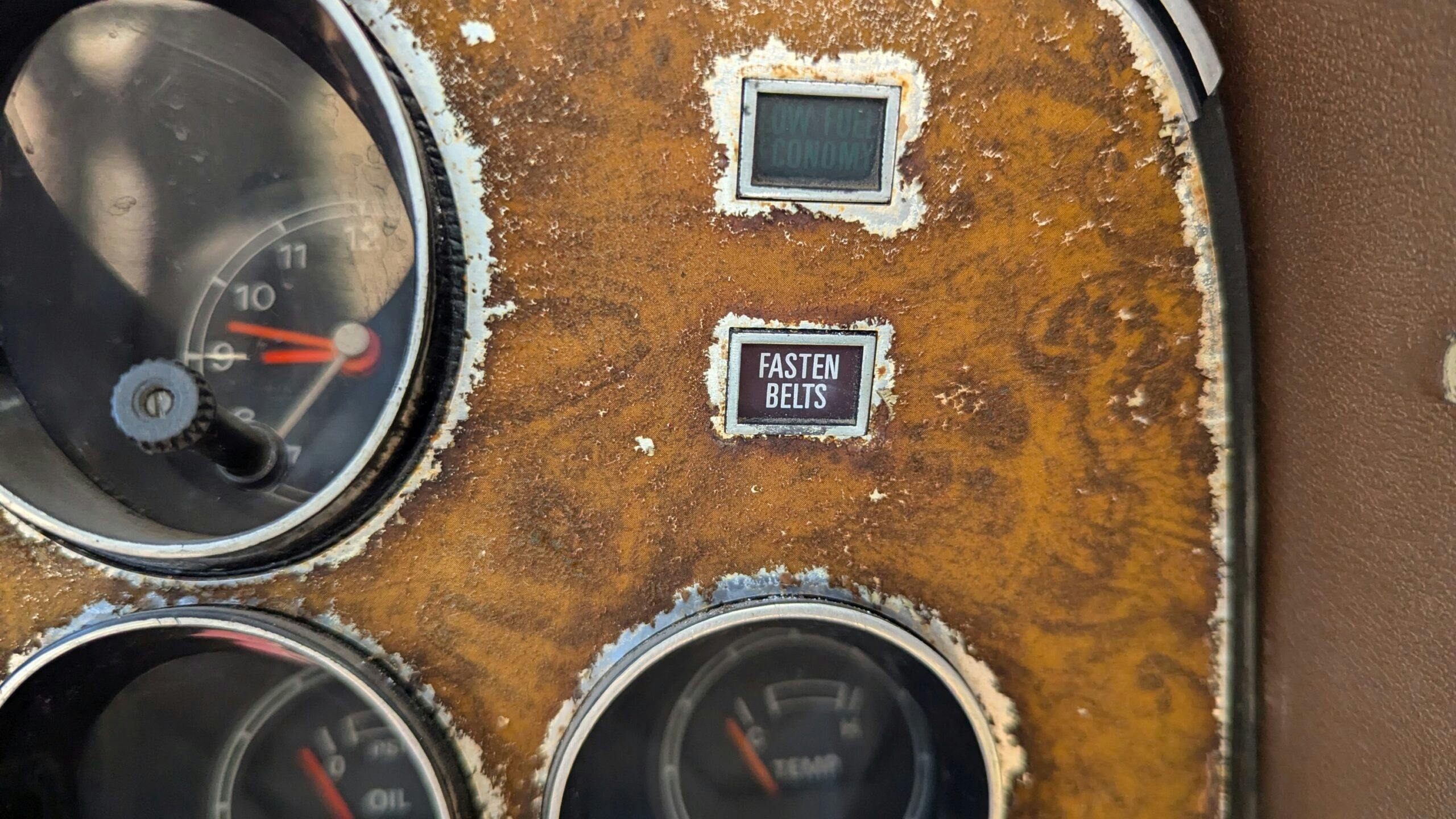
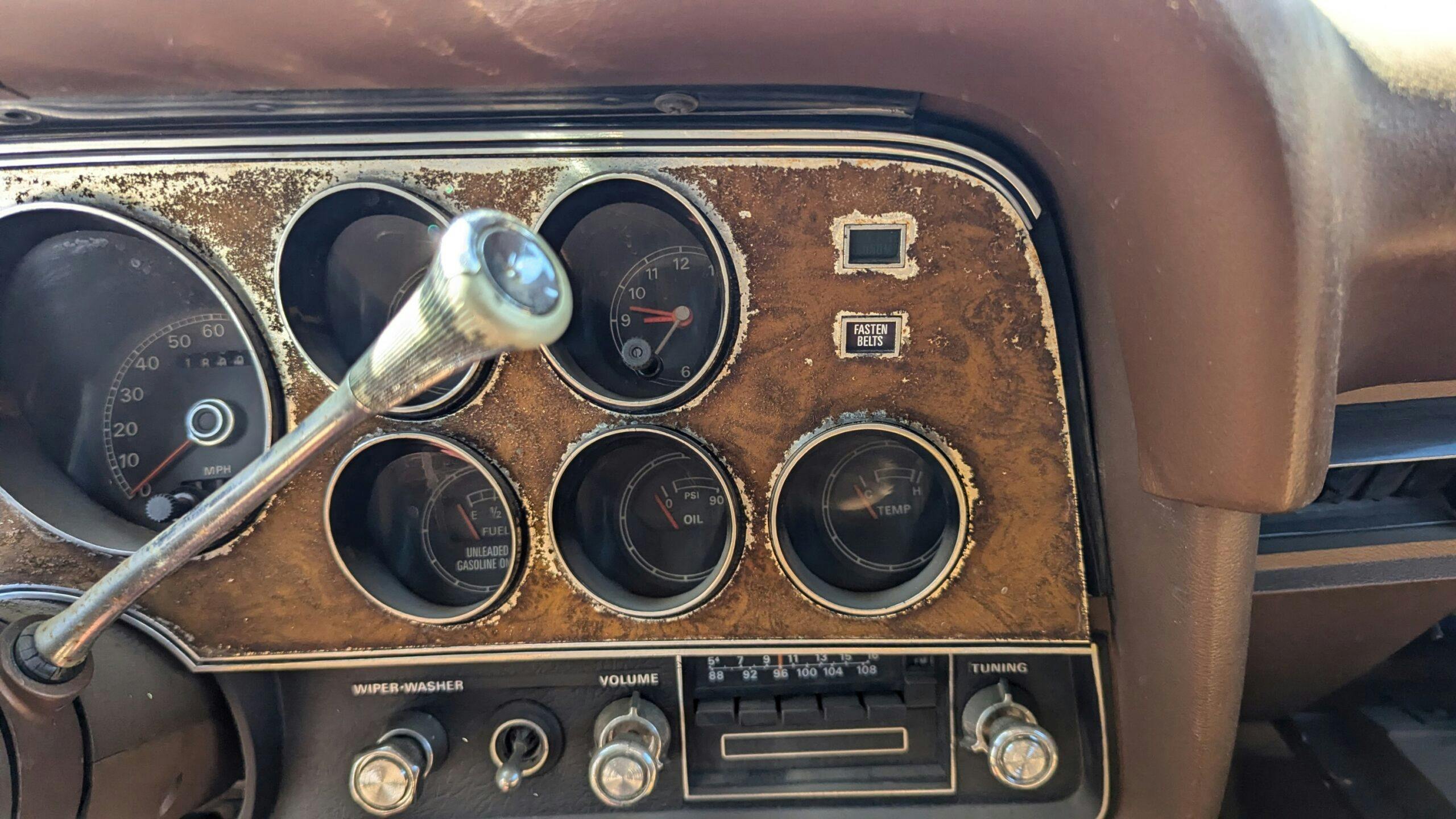

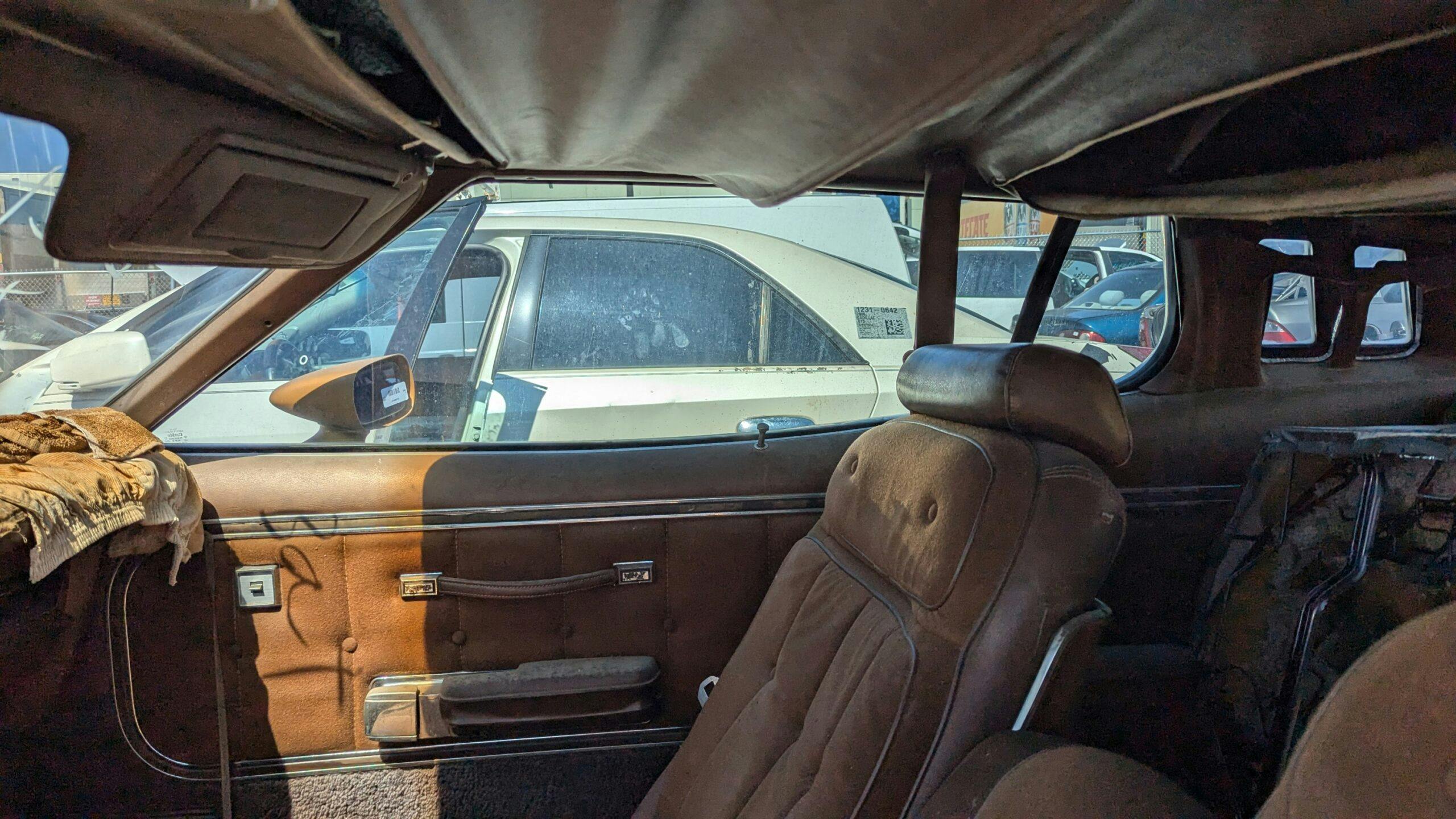
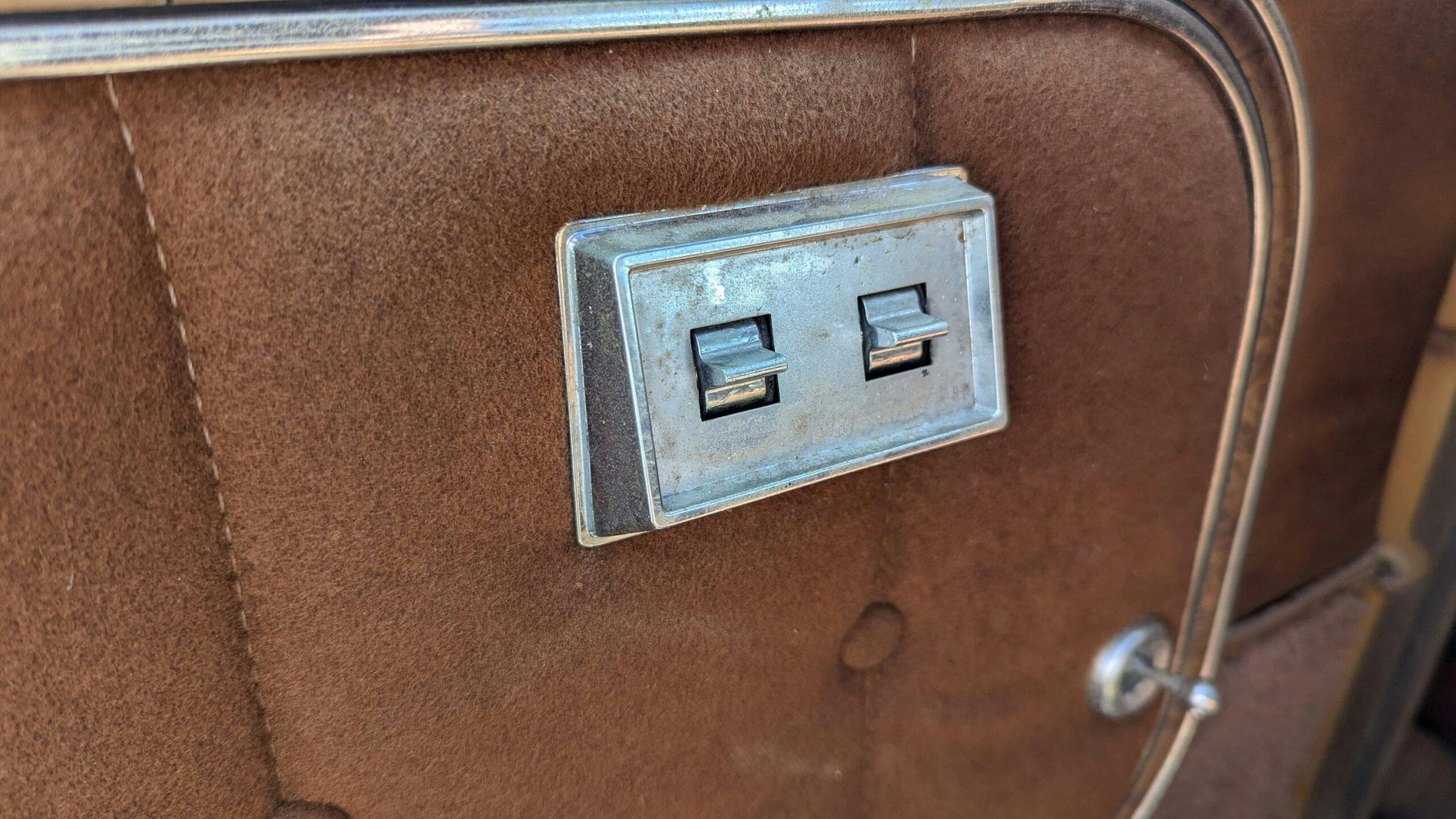
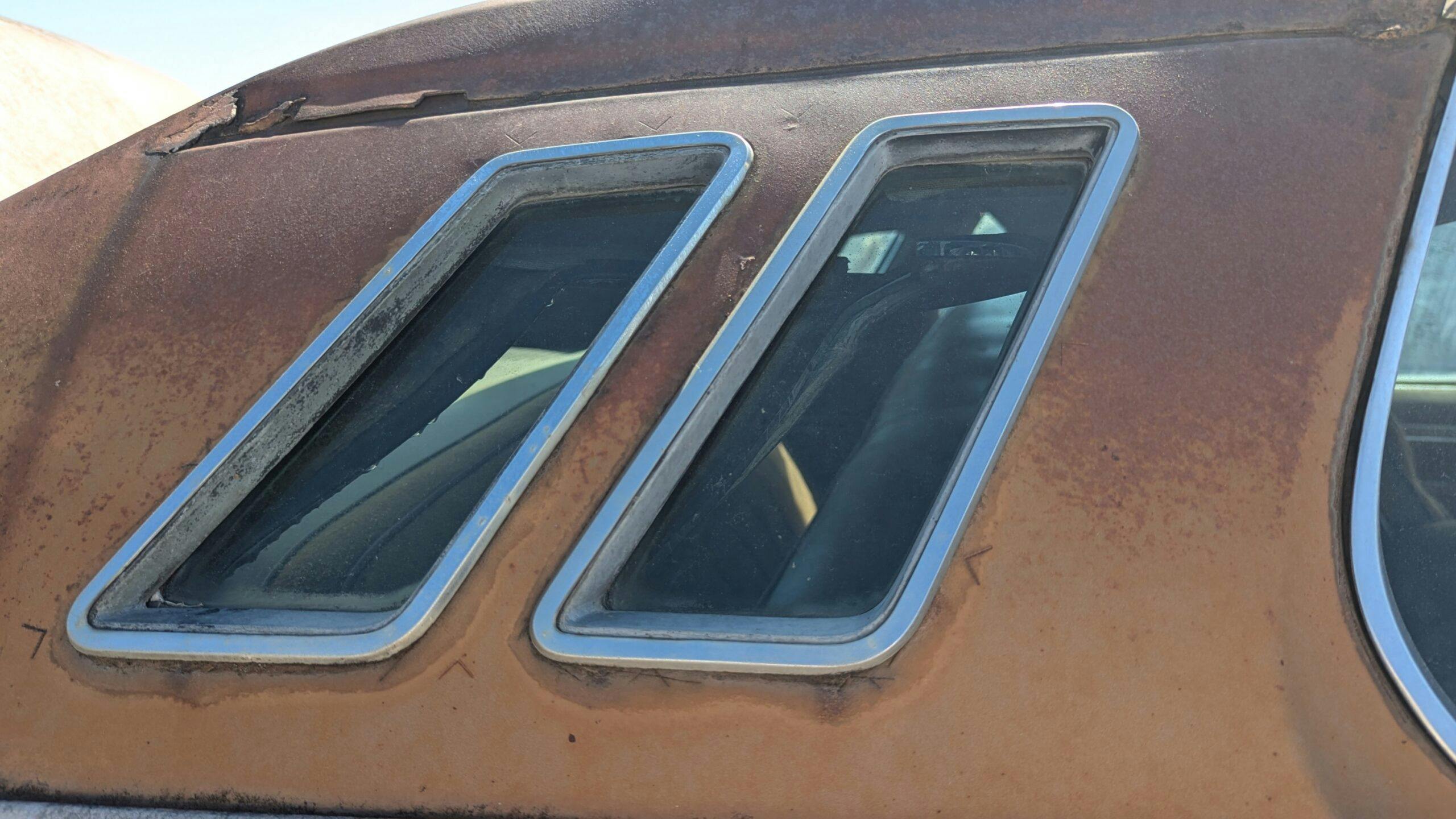
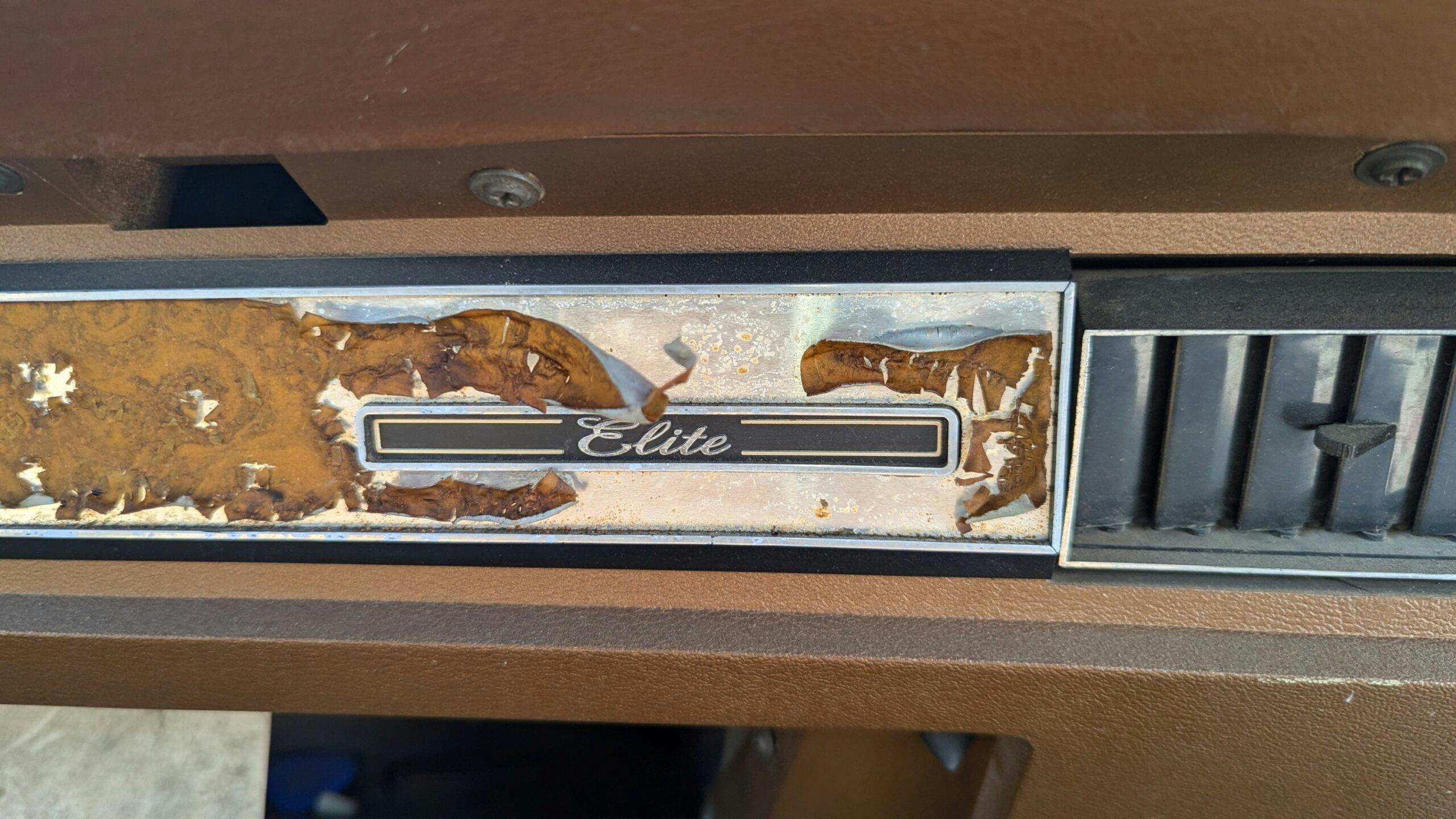
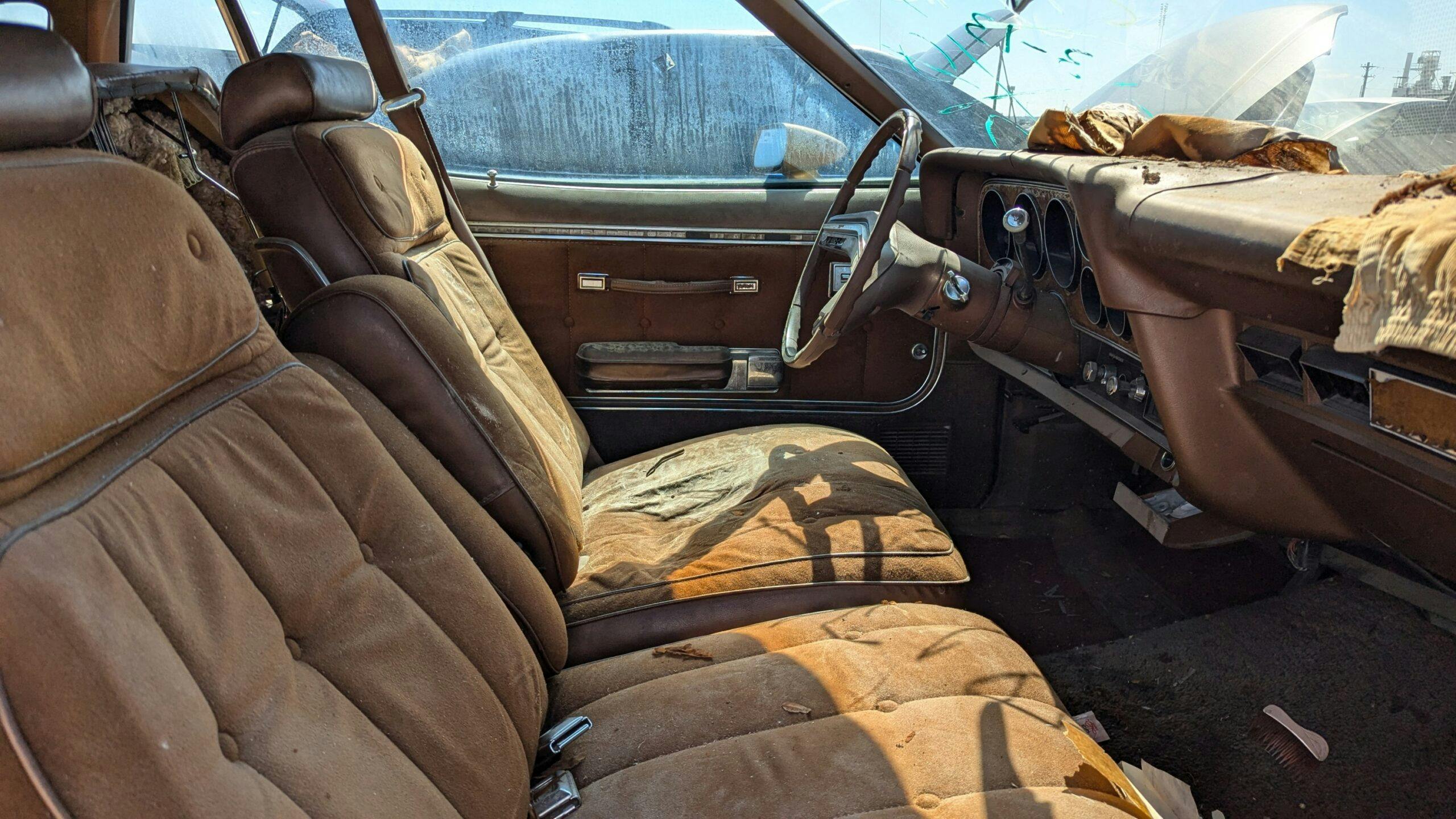
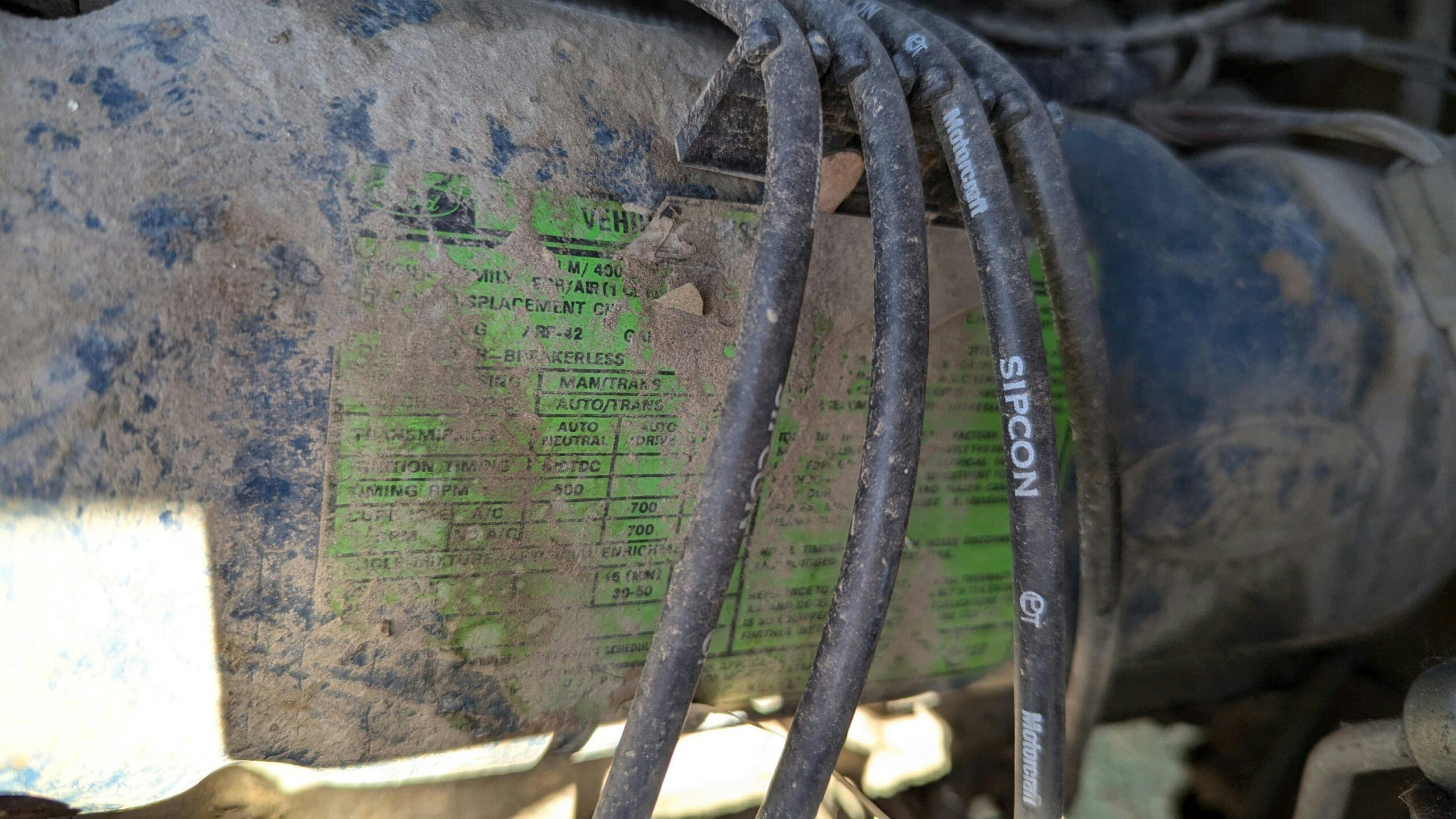
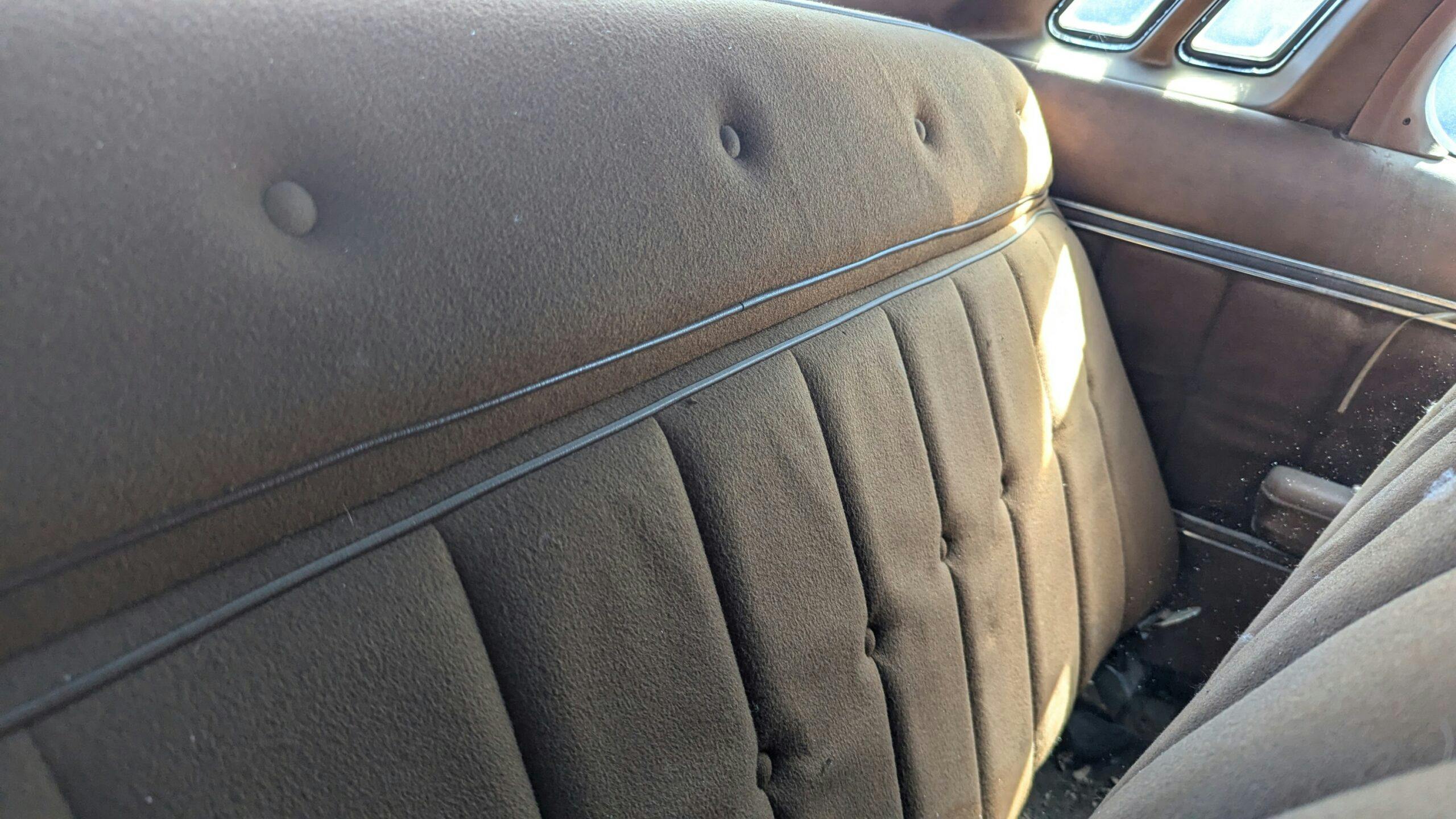
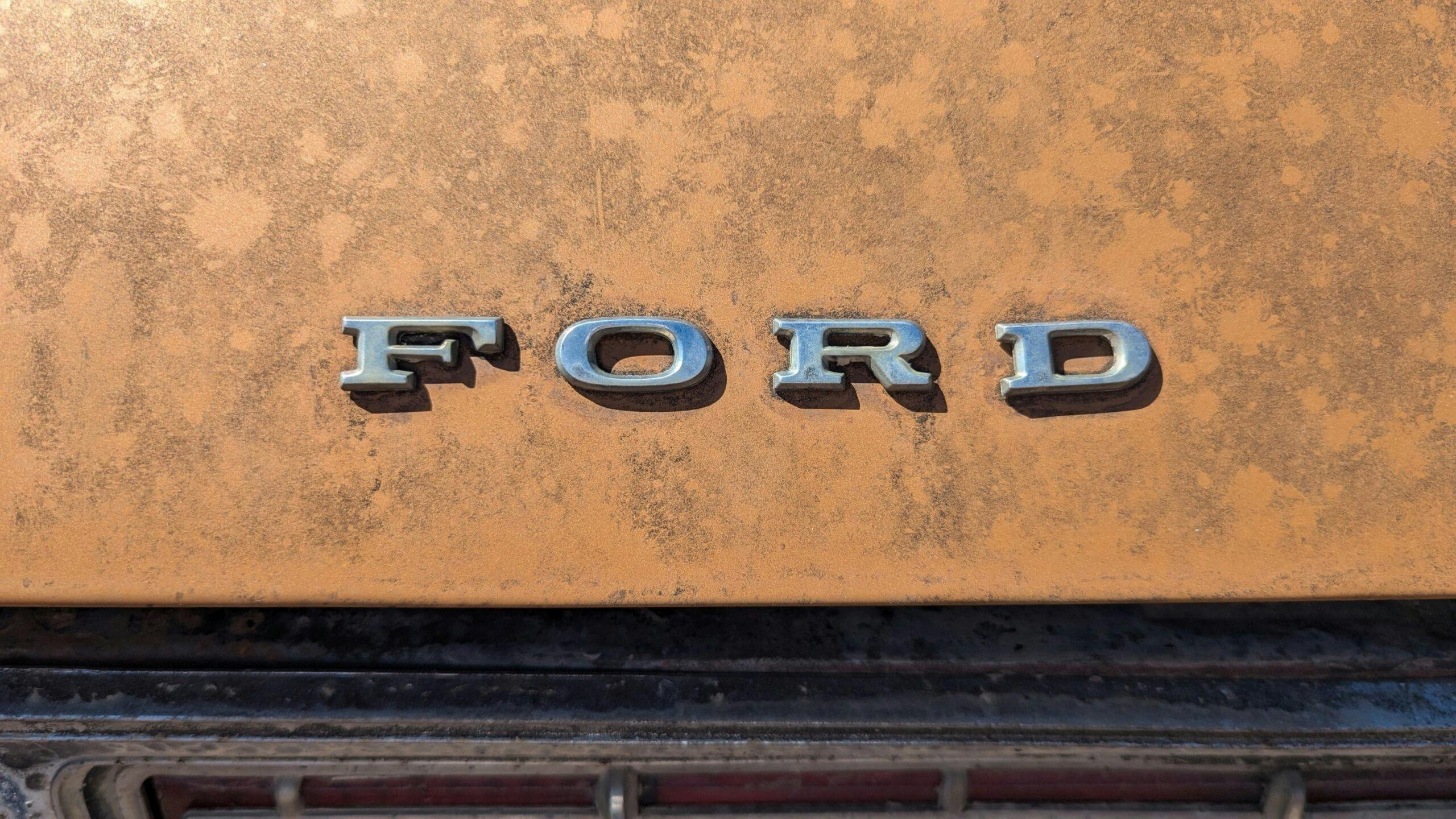
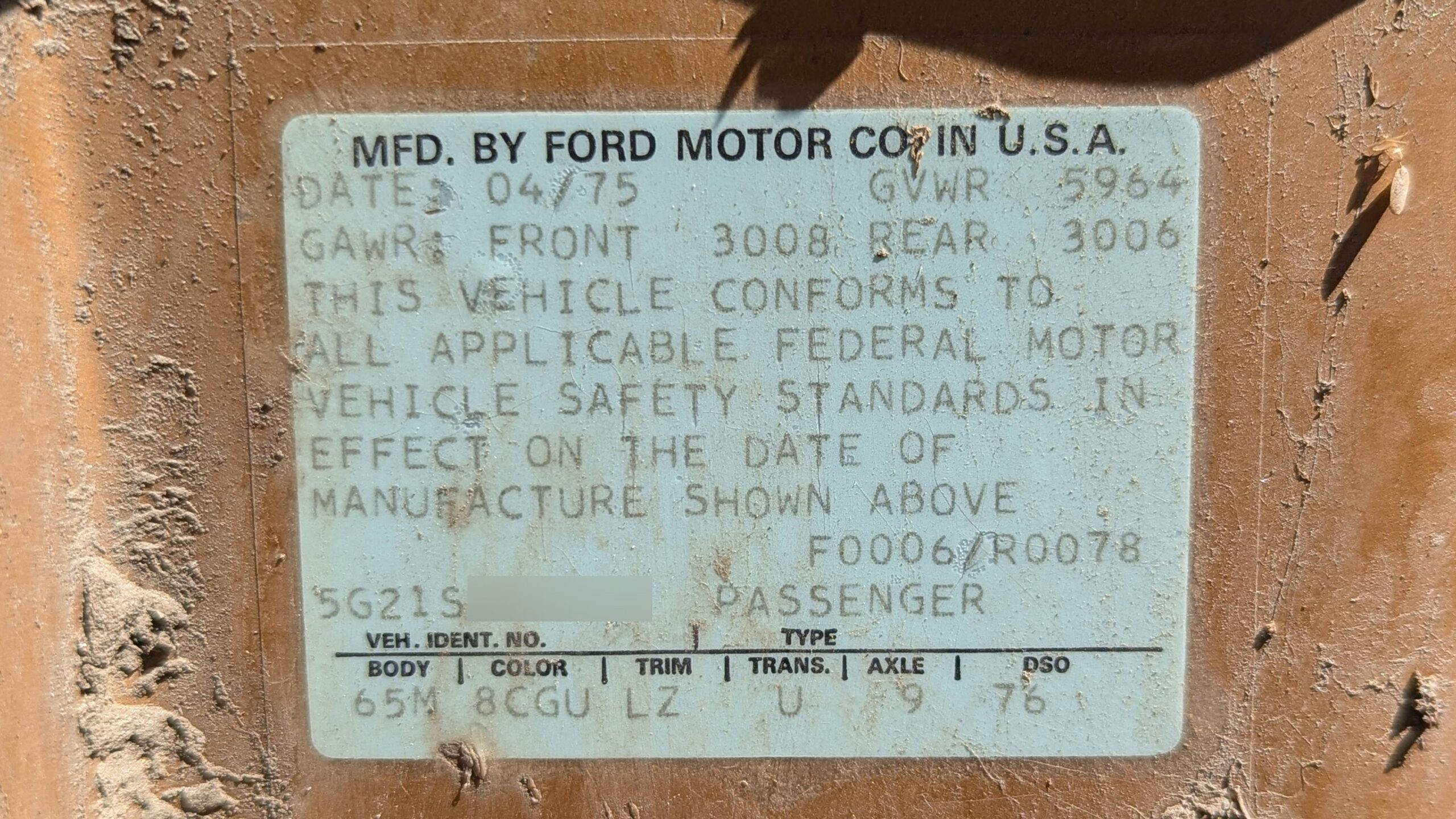
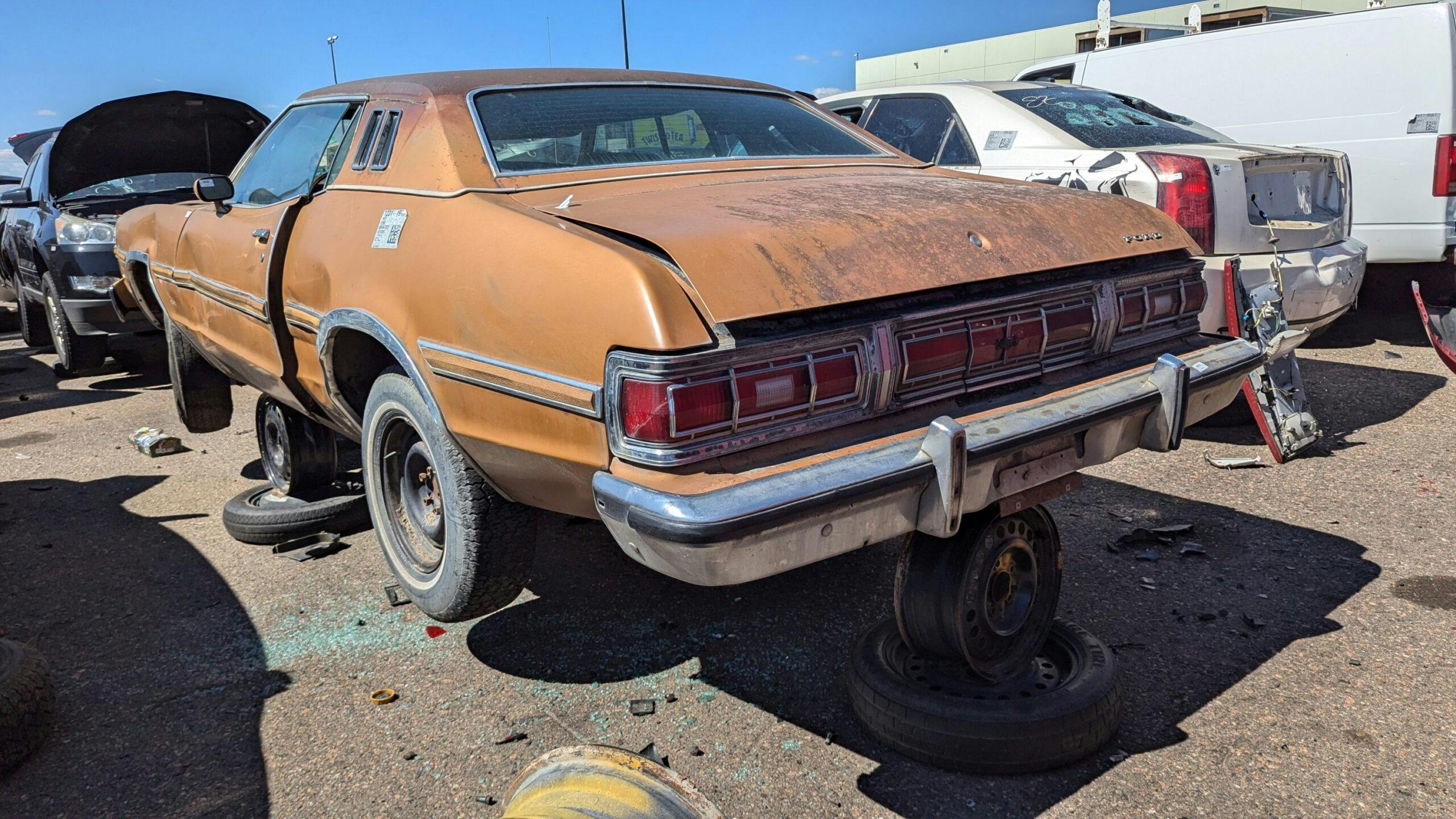



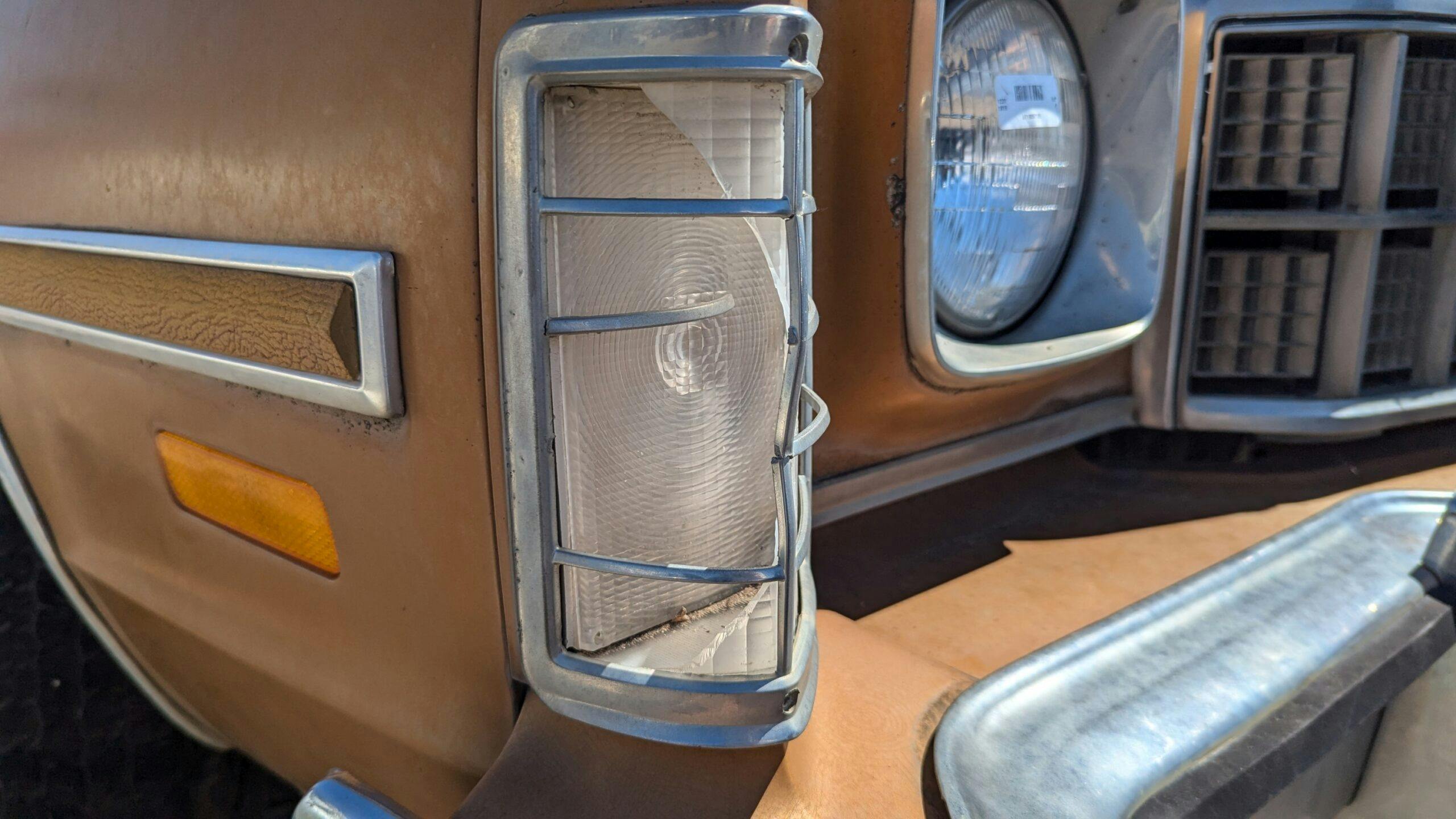
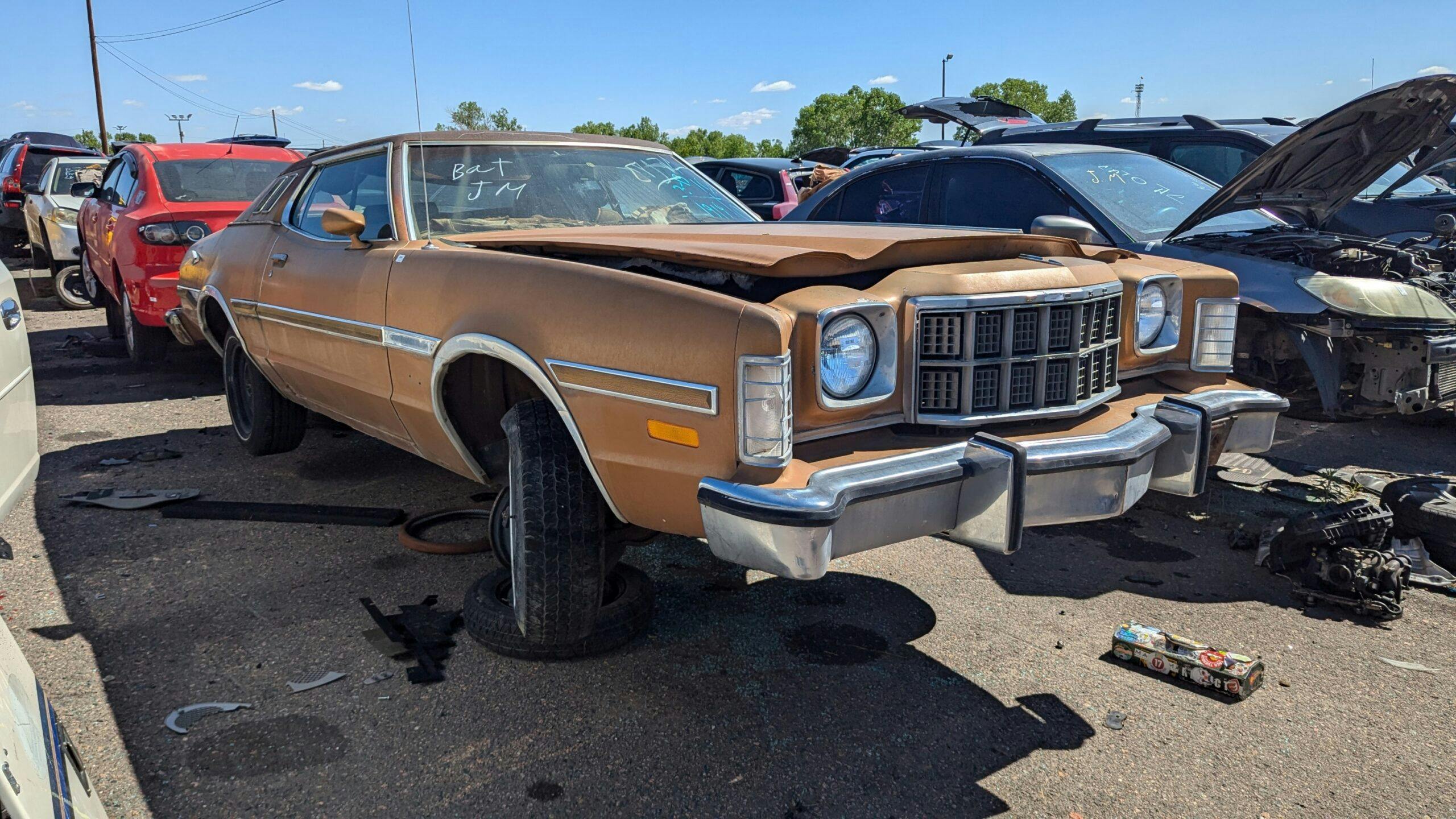

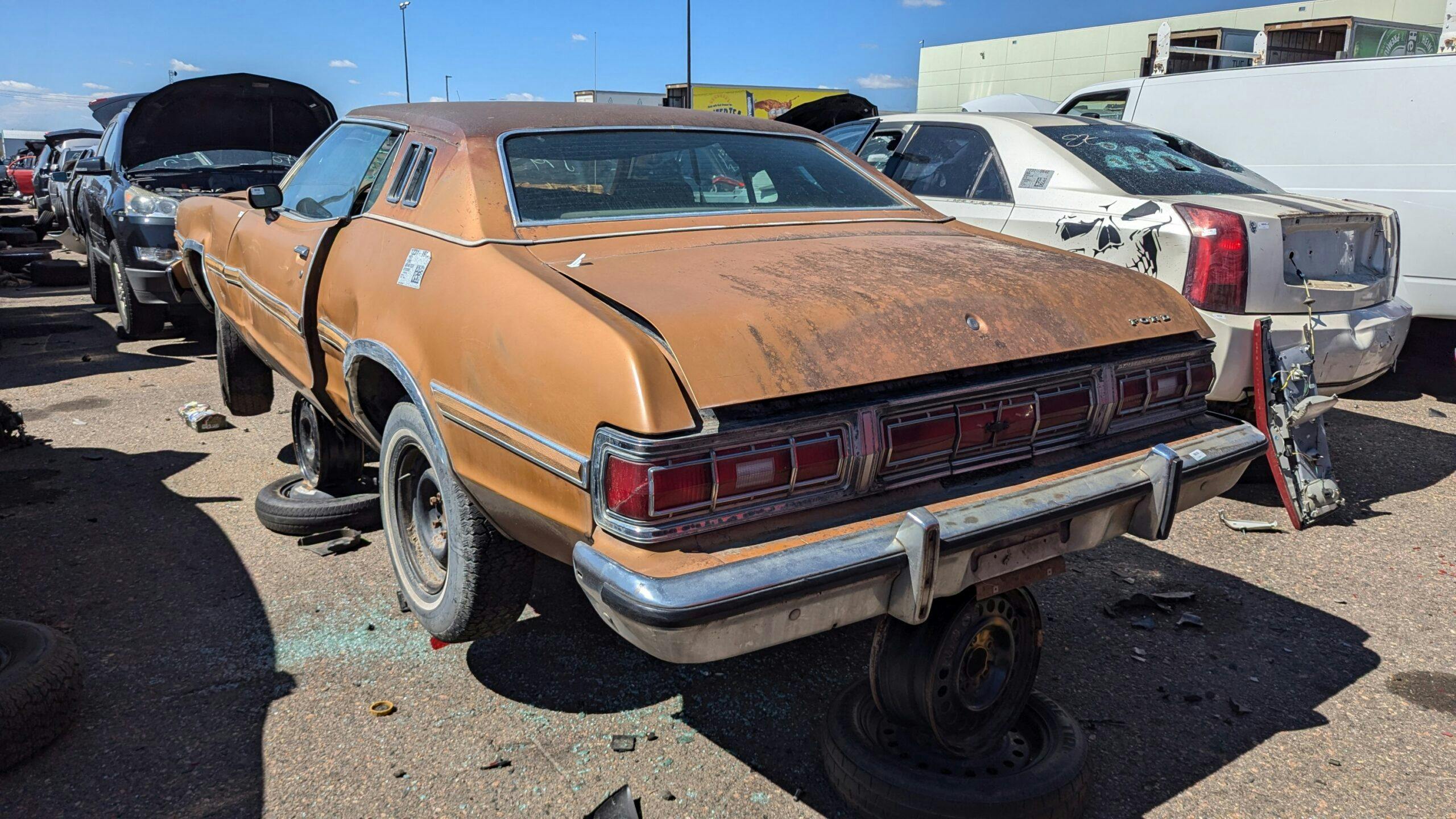
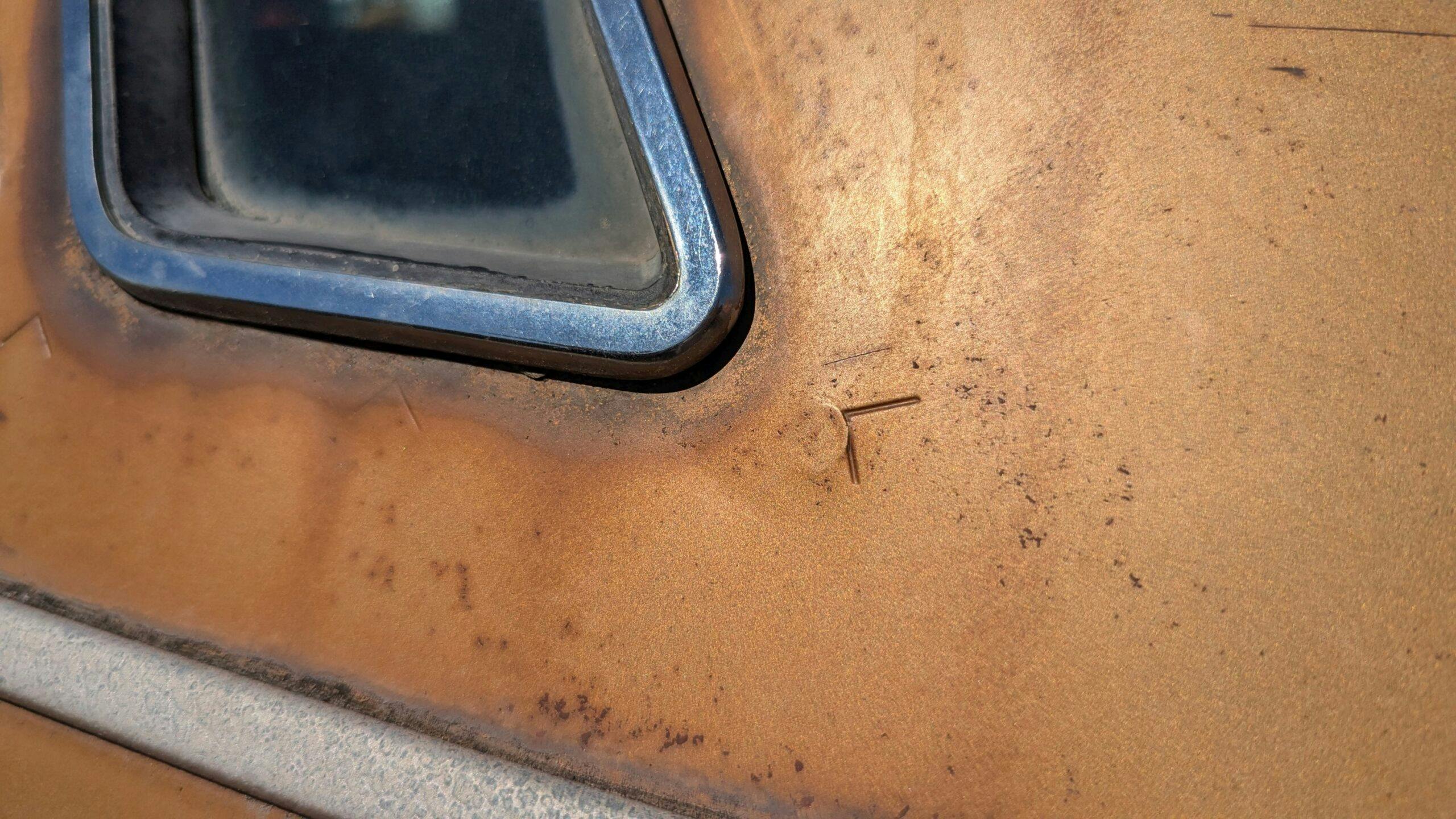
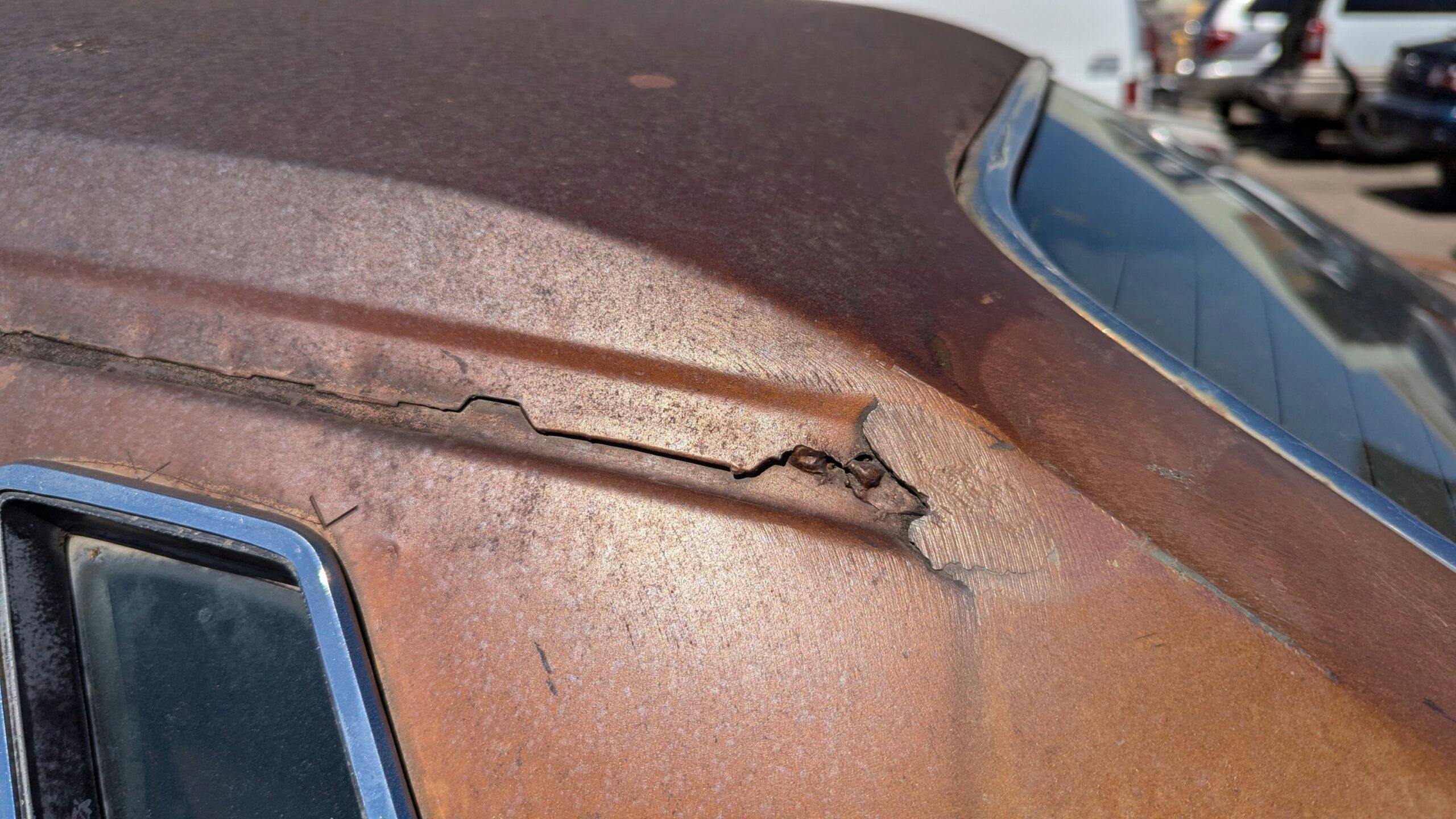
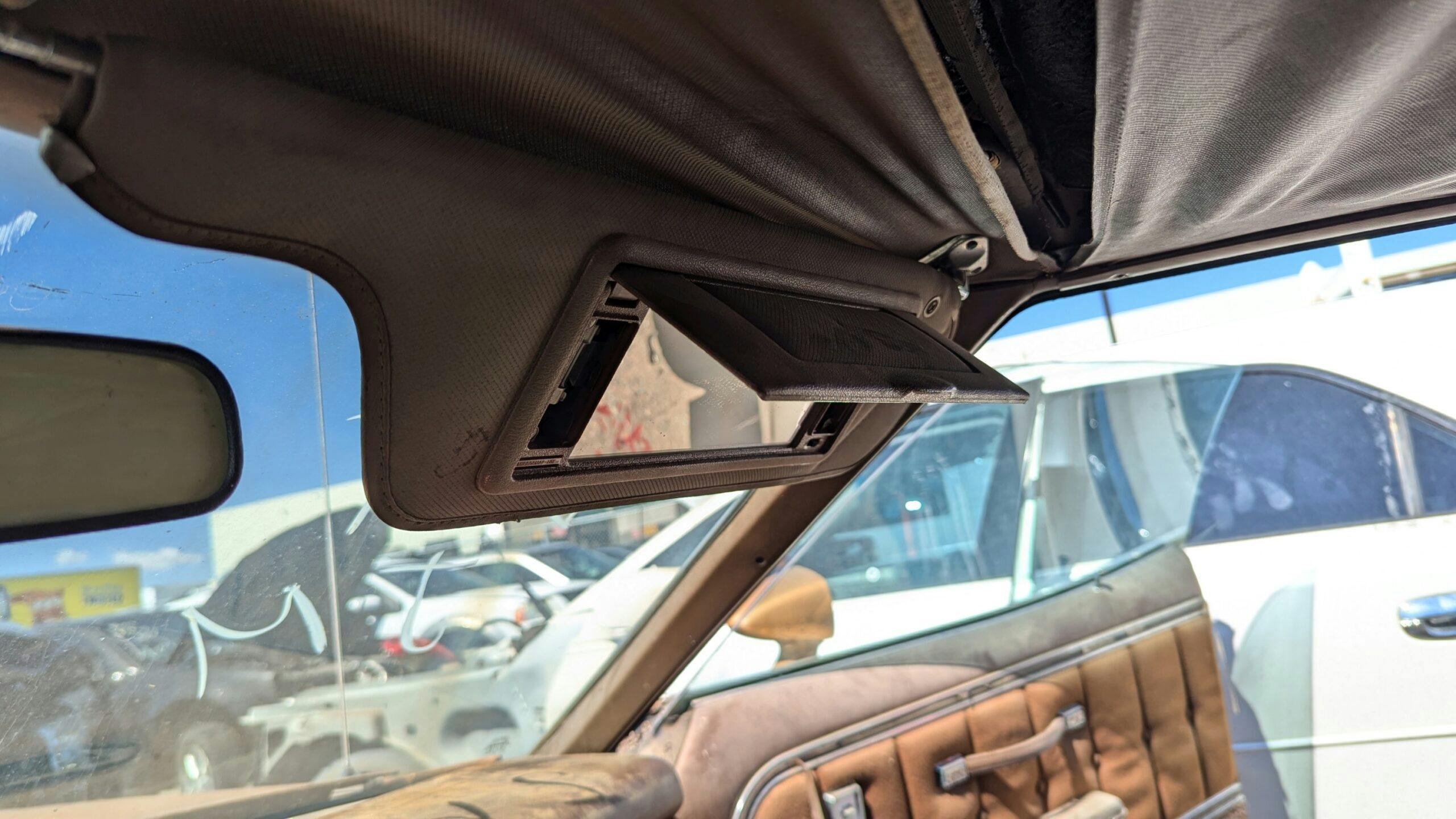
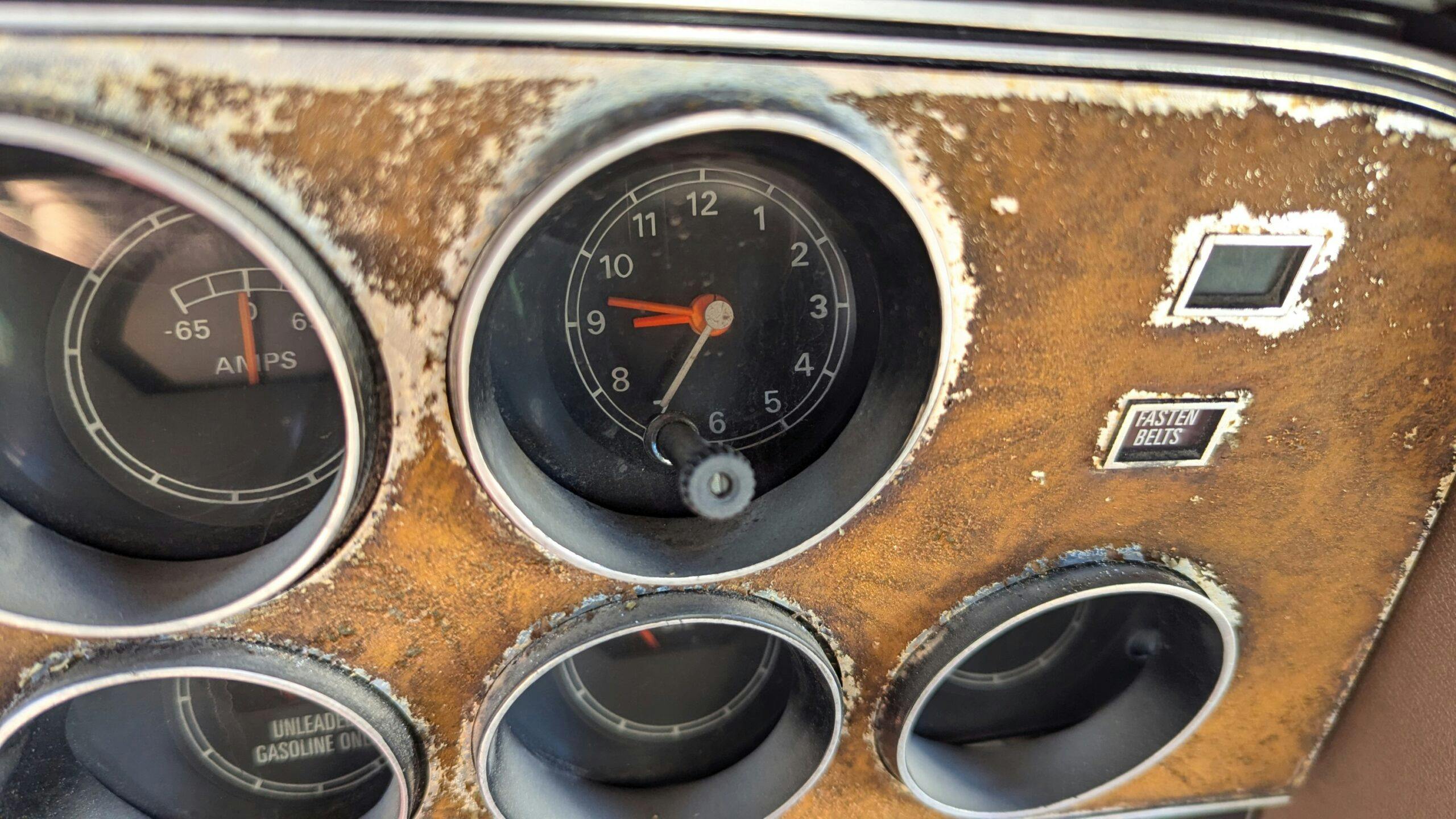

***
Check out the Hagerty Media homepage so you don’t miss a single story, or better yet, bookmark it. To get our best stories delivered right to your inbox, subscribe to our newsletters.



























































The 1970 Monte Carlo flew out of the showrooms because it was clean design both inside and out. Later versions of all the “personal luxury cars” became the automotive equivalents of Las Vegas.
The more heavily decorated 1973-1977 Monte Carlos outsold the cleaner 1970-1972 cars by a lot (1970 = 145k cars, 1974 = 312k cars). Las Vegas is what customers wanted at the time.
Yea, but three years production vs five years shortens that gap a bit.
My mother literally bought a 75 Gran Torino off of a little old lady in the late 90s which had something like 30K original miles on it. It was almost that exact color. The paint was on the rough side, but the interior was perfect, and driving that car was like being in a time machine. She later opted for something a little more modern, and I ended up selling the car to one of my co-workers, whose son wrapped it around a tree. He came in and apologized to me the next day, and I told him she’s not really going to care… to her it was just a car.
I had this exact same equipped car at the age of 26! It was like a poor man’s Lincoln Continental sharing many of the same features but way more affordable. I miss that car to this day; looking for another I note not many are laden with all the options, most are rudimentary basic Torinos. Mine even had the Auto-temp air conditioning, so popular today…this car set you apart from the crowd and I remember the ride was fantastic, road imperfections were never felt, not like todays truck like SUV’s. This article turned back the hands of time for me!
My favorite of all these cars was the seldom mentioned Dodge Mirada. Love it’s looks.
I sold Fords for a year in 1978/79. One of the favorites on the used car lot were the Elites. The bright blue with a white top was stunning. Just nice cars.
If I recall, the 74 Gran Torino Elites were the most popular because they were the last year using leaded gas.
I as well get a kick out of those Google map searches. Often in car ads documents are displayed showing original owners and addresses. It can be kind of interesting to see if the home is still standing and imagine that old car in that driveway. I’m talking old cars so there is not going to be a Google view actually showing the car. Recently I saw an ad for a 1966 Mustang with such documents. A search of the US Midwest address showed a meticulously kept typical American brick bungalow and amusingly there was a 5 year old Mustang in the driveway. A GT. Coincidence or was the original owner or the ’66 still residing there and had fulfilled his or her desire to be a Mustang owner once again? Maybe that person has only owned Mustangs their whole driving life?
Sajeev’s going to get 8-trackin’ shortly.
Spoiler Alert: Yes, it works and I will install it soon(er or later).
That is Awesome!!! Way to keep the 70’s alive!!!
My mom had a 1974 Grand Torino Sport, which when you are 16 and need to take your drivers license road test, was not the optimal vehicle. The article lists something about easier to park than a Thunderbird, is like saying it’s easier to dock a cruise ship compared to an air craft carrier. That thing was huge! At least on the outside and in the front seats. That car had the tiniest back seat for something that big. And it also had the optional 400 2v, that sucked gas down like it was free. My dads Vega GT was a much funner car to learn to drive in, but he wouldn’t take off of work to take me for my test!
In ’93 I bought a ’76 Montego for $600 and used it to pull a U-Haul trailer from Ottawa, ON to Vancouver Island (north of Seattle) across the northern states from Sault St. Marie to Bellingham WA.
When I was finished with the car I sold the 351 Windsor for $350 and bought a ’77 Cougar XR7 for $200. The sheet metal changed between the ’76s and ’77s from rounded to crisp folds, but all the mechanical and the interior pieces still bolted up from the Montego to the Cougar. Shade tree mechanic style transition.
Drove the Cougar for over a year and then sold it for $750 and moved on to a trio of GM A body wagons, all of which cost $400 or less. Those were the days of plentiful bargain beaters, and we’ll probably never see that level of easy access to transportation again. Too bad really.
In 1983 I purchased a 73 Gran Torino for $500. Vinyl top had peeled off and the rocker panels were completely gone with rust. Had to be close to a base model, power brakes and steering with a AM radio, that was it. No AC and hand crank windows. Interior was PERFECT. It had the 351 Windsor but it had 2 burnt valves. I would burn a quart of oil about every 3 days. Rolling down the interstate at 60 mph and let off the gas and that would create a smoke screen James Bond would be proud of. Sold that car for $650 we we moved out of state.